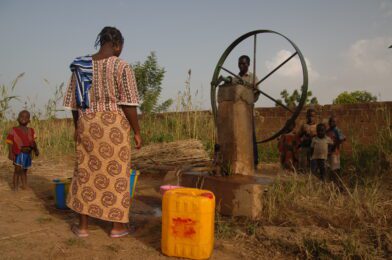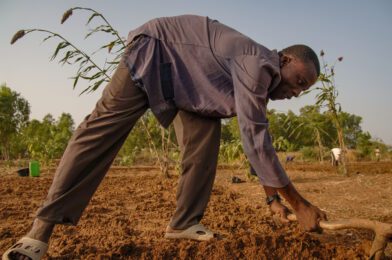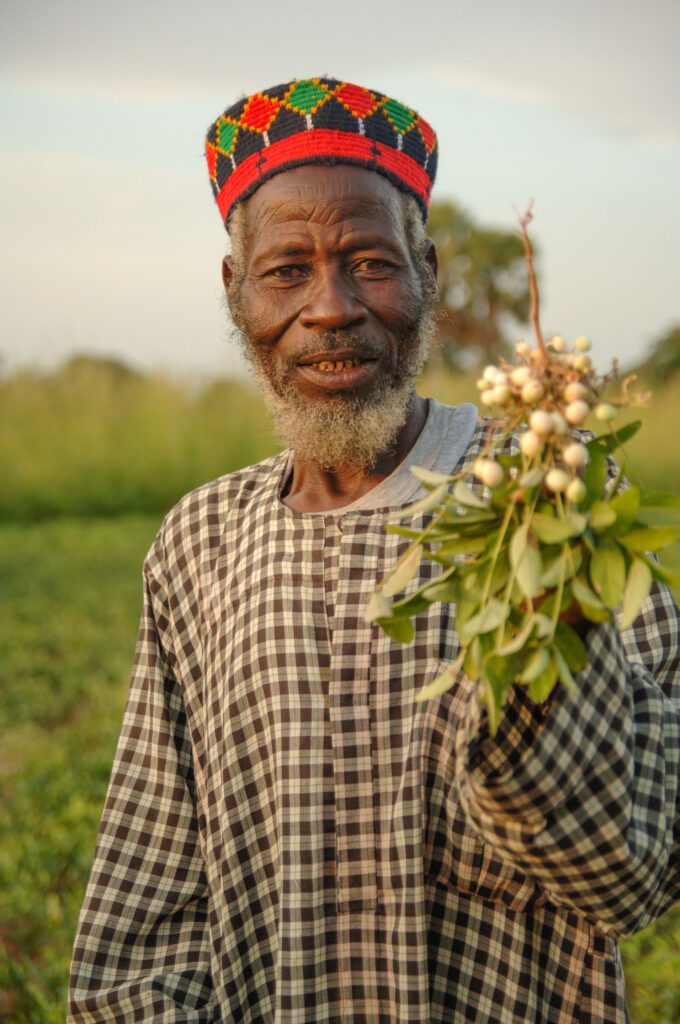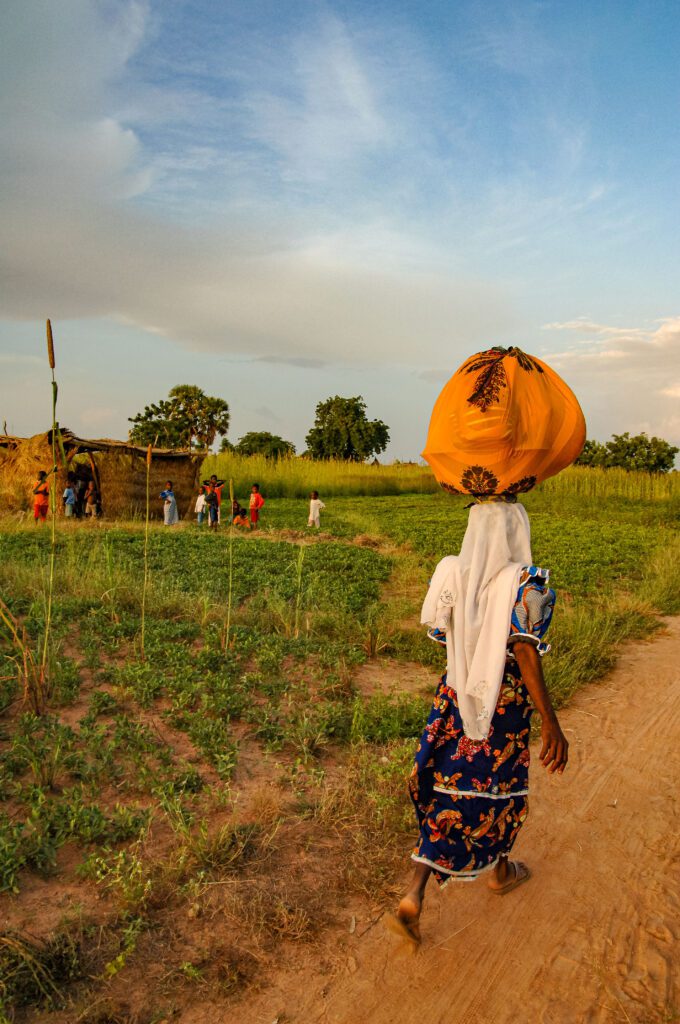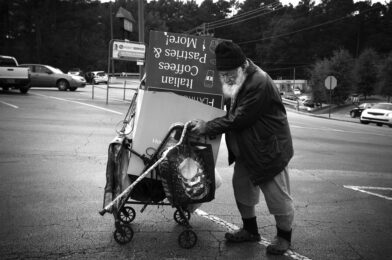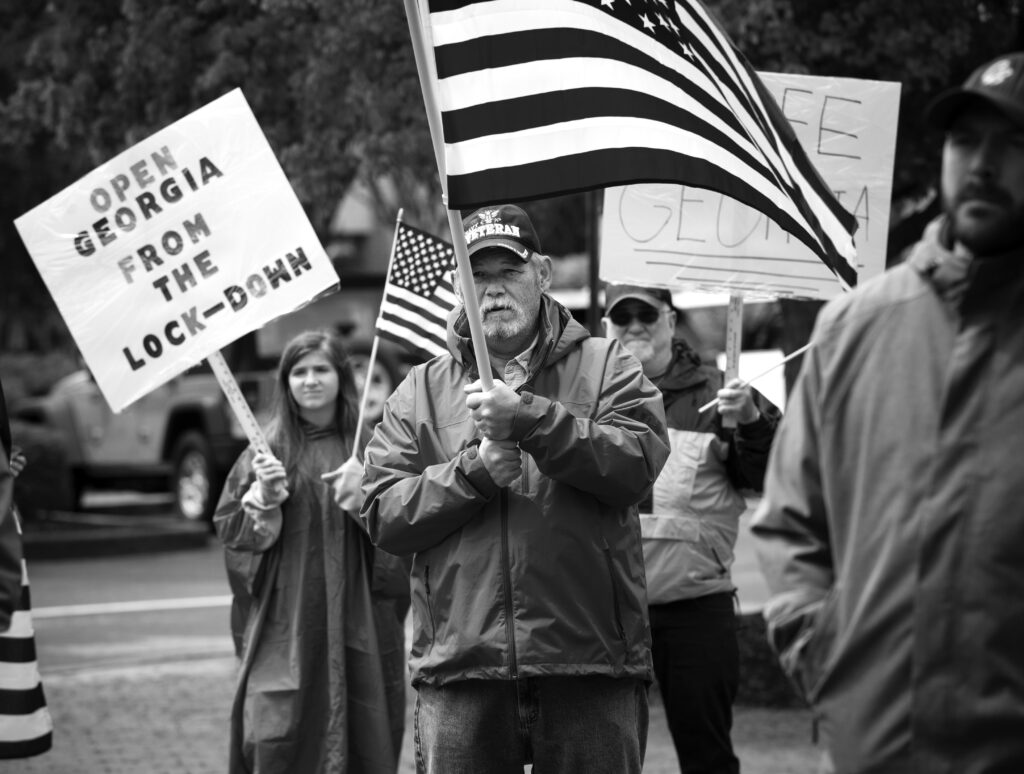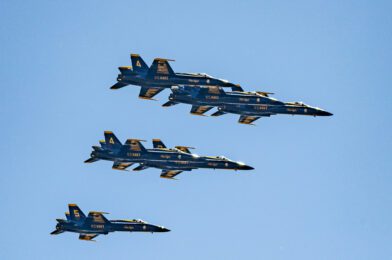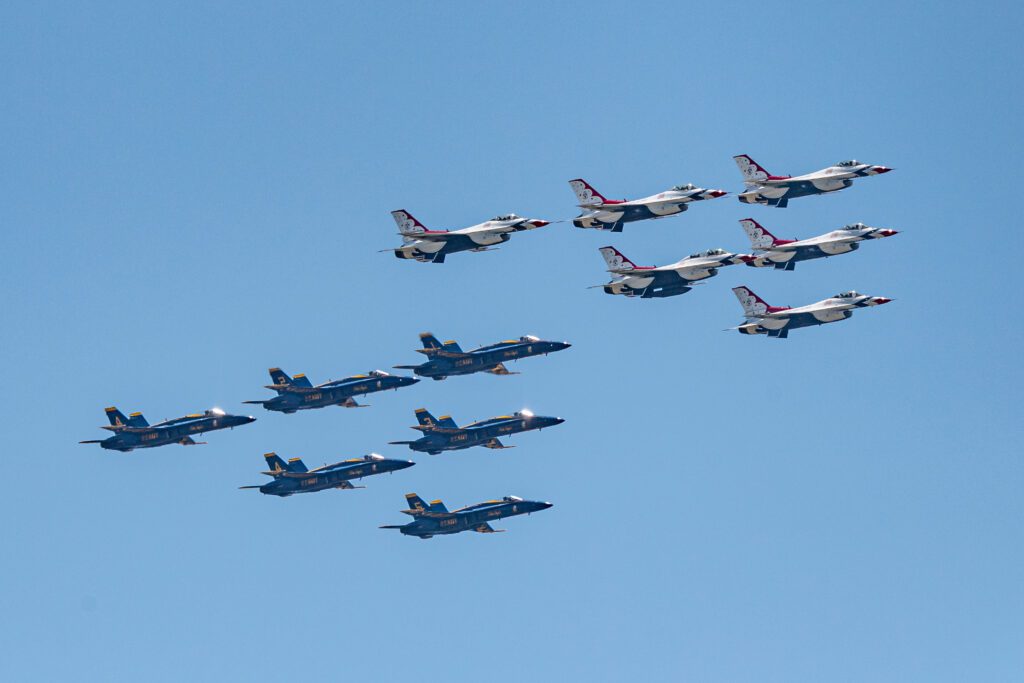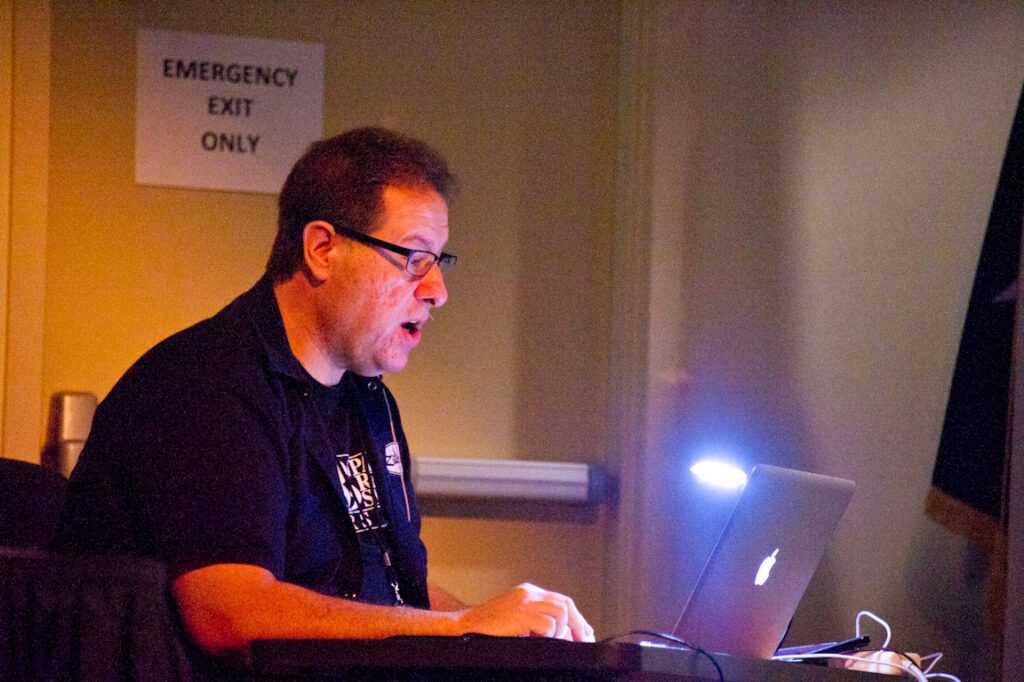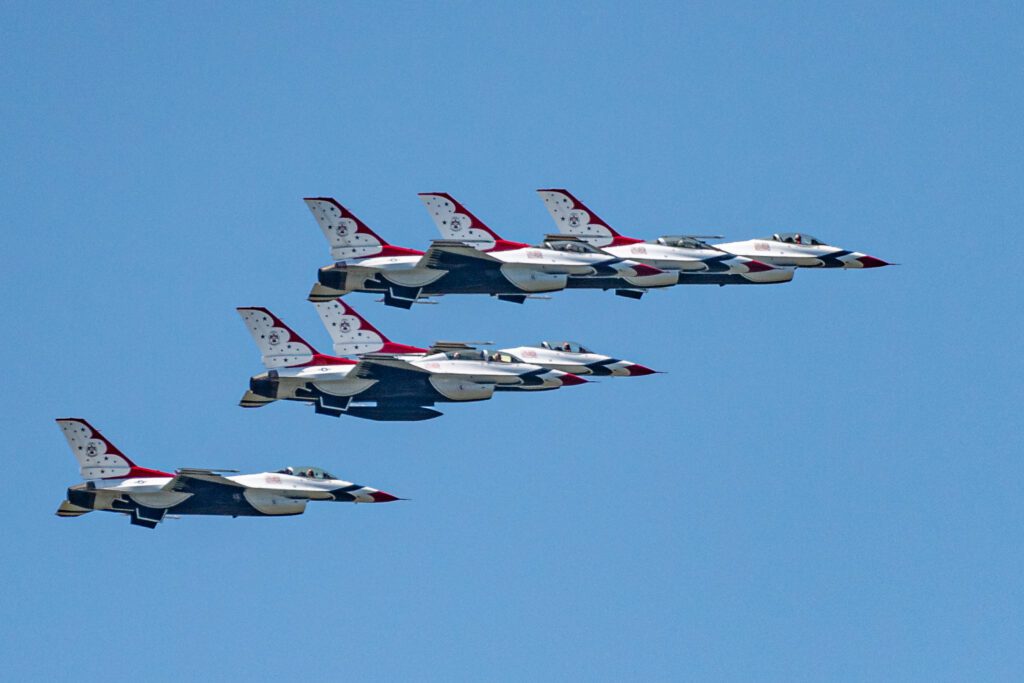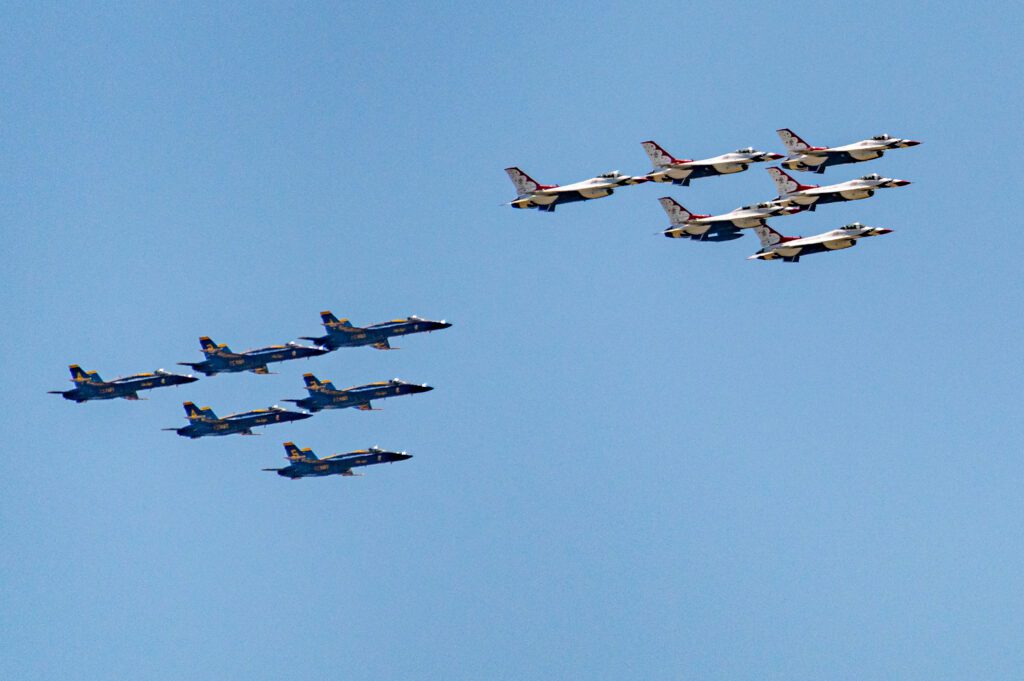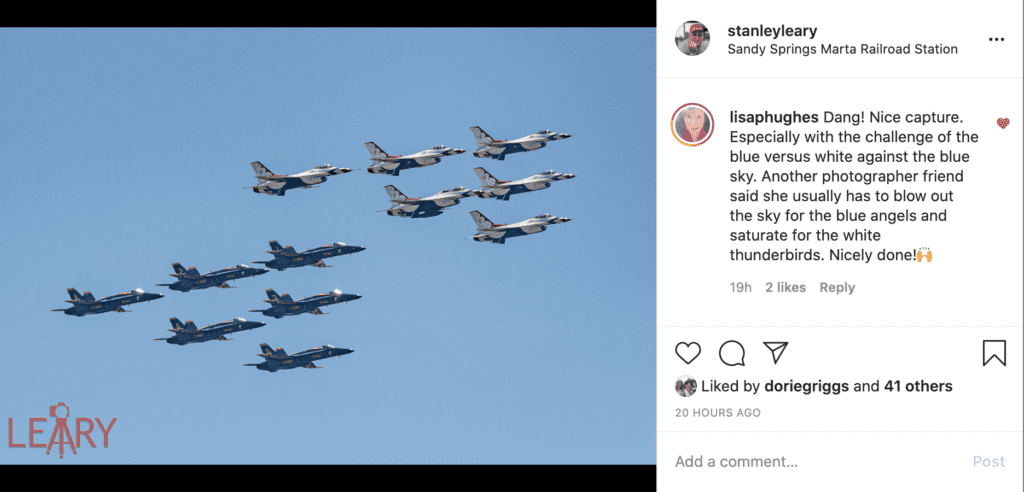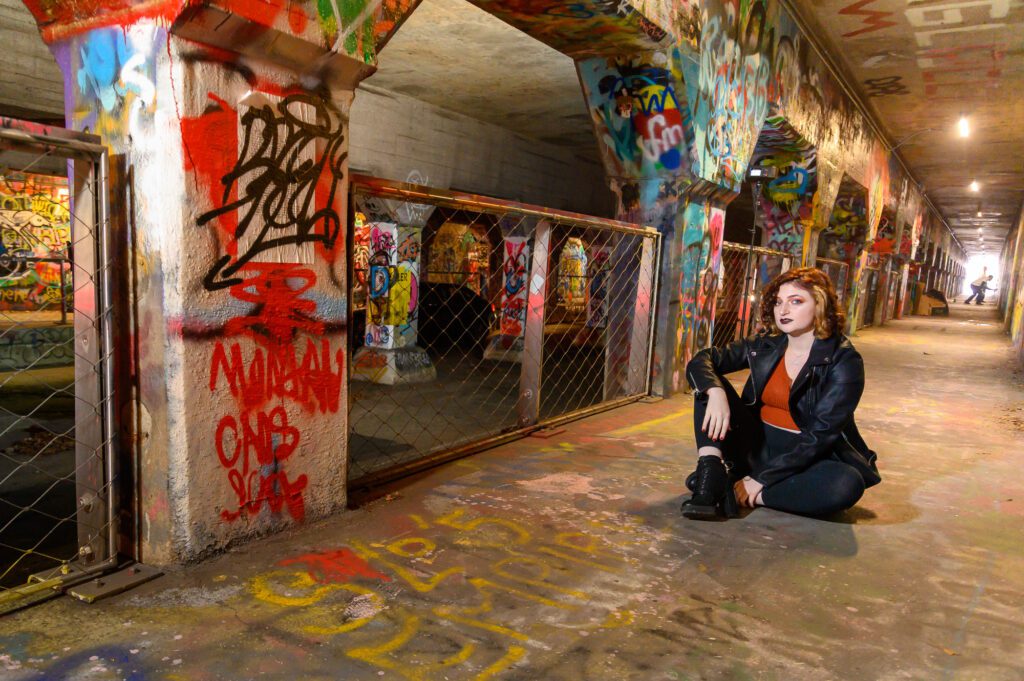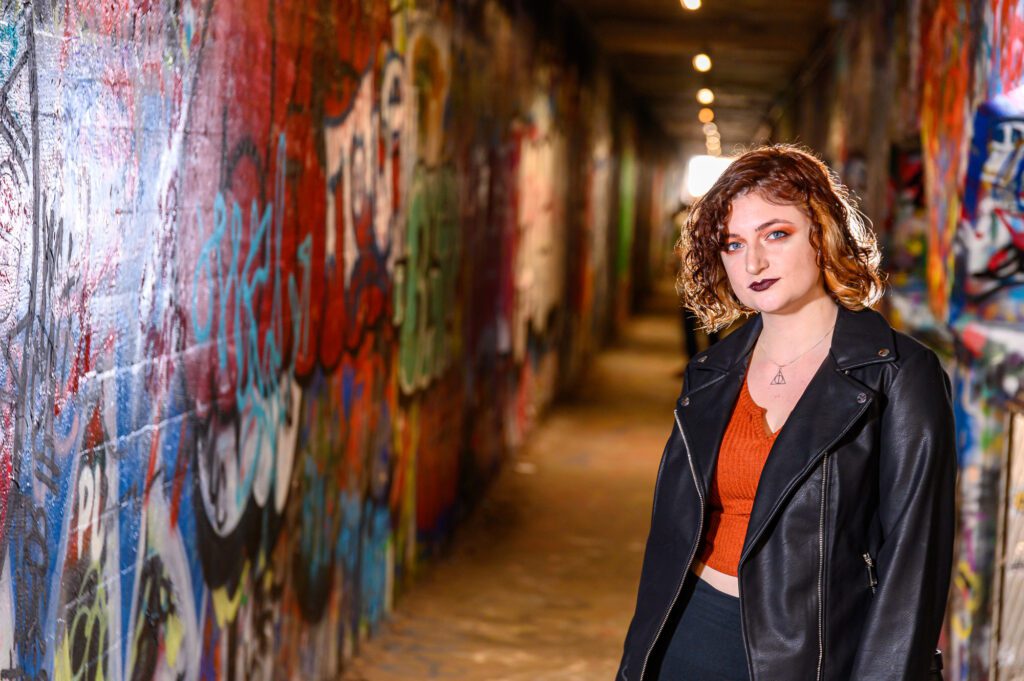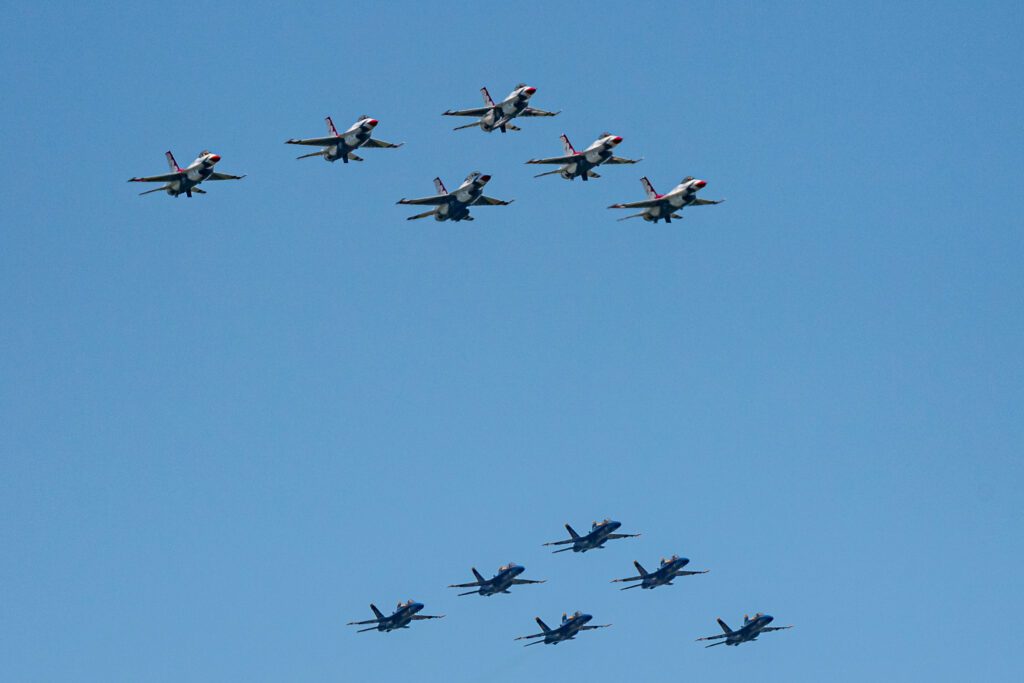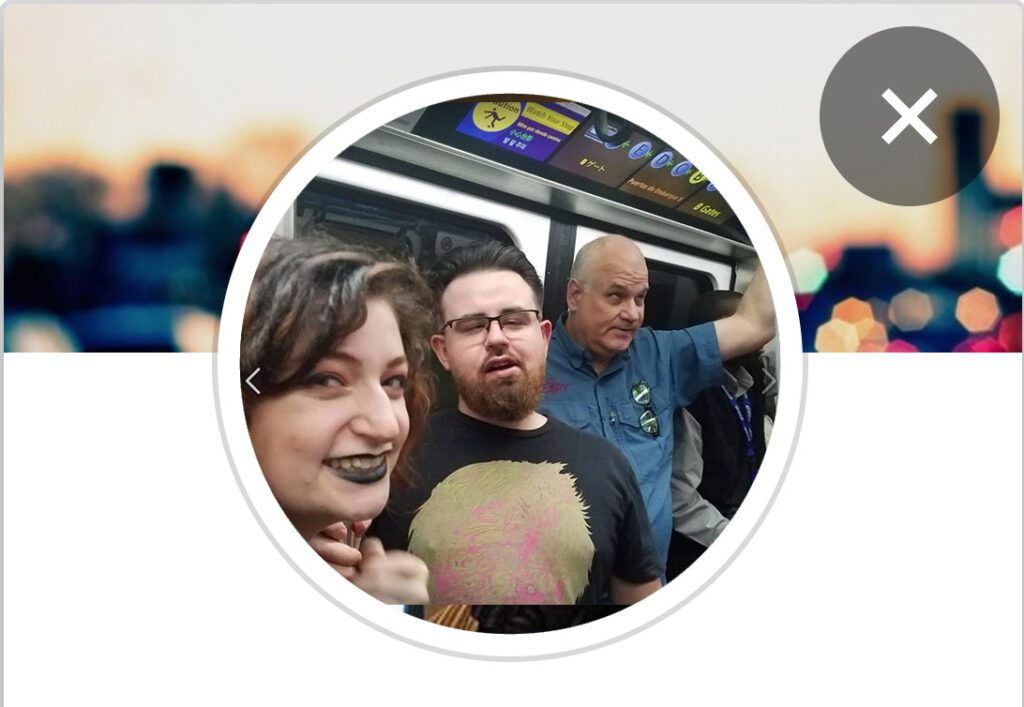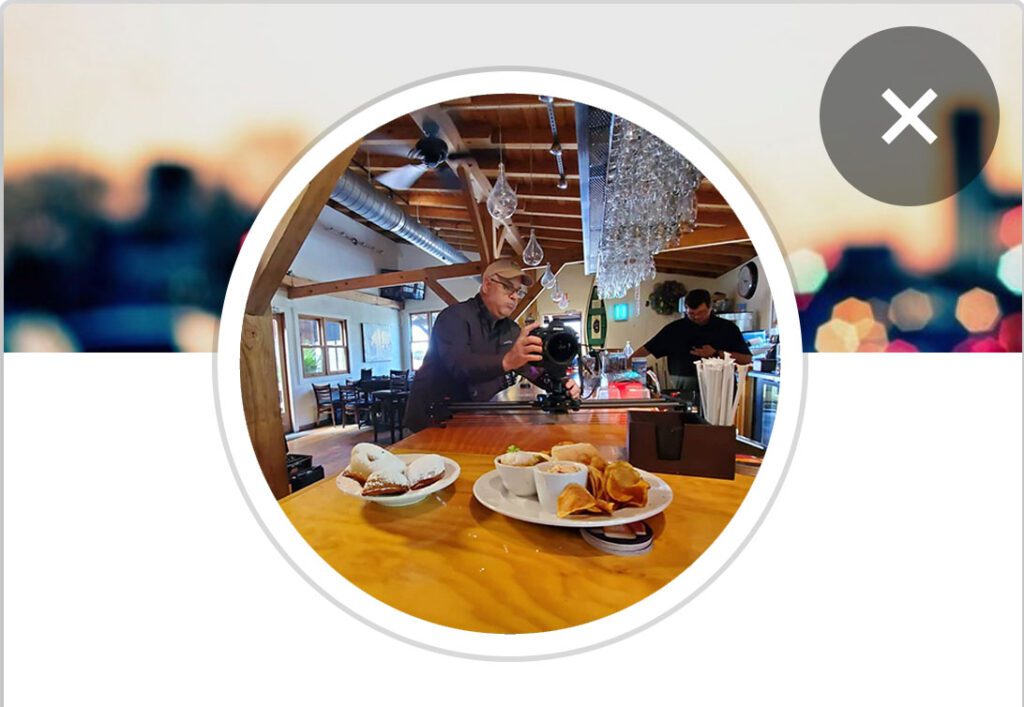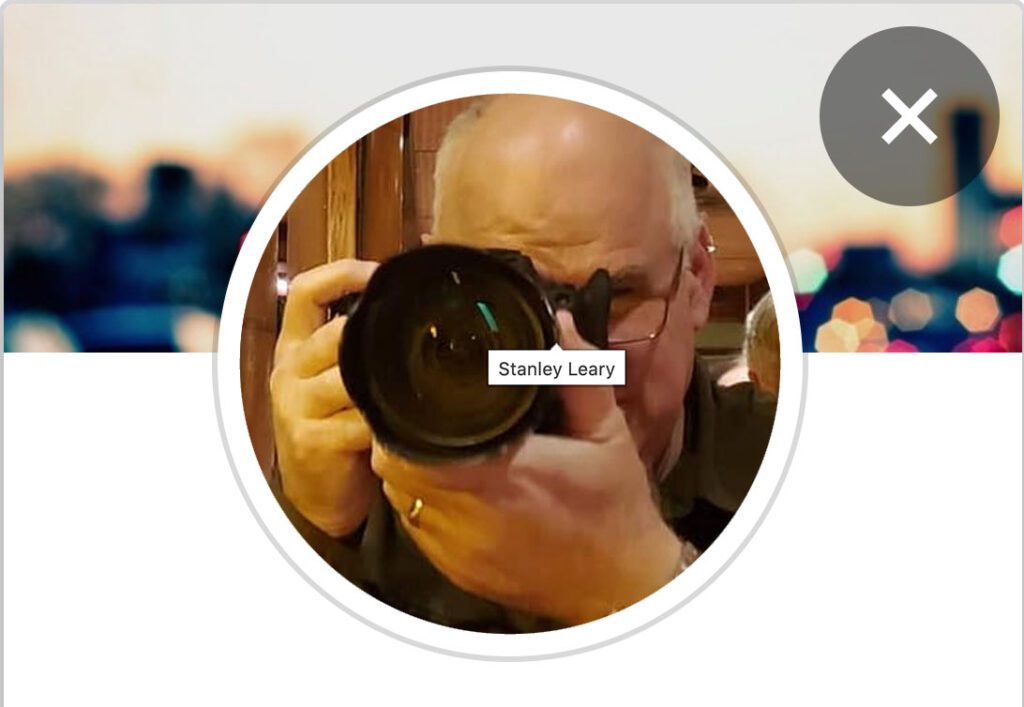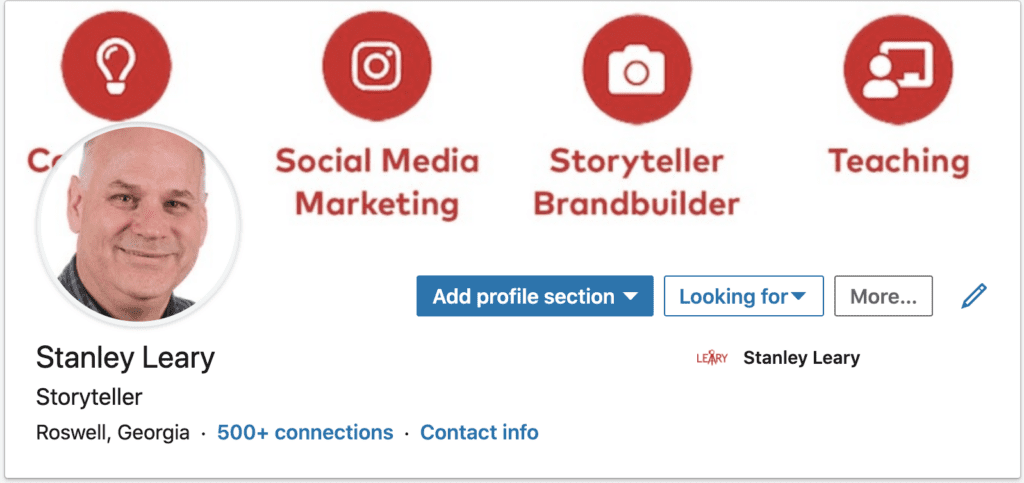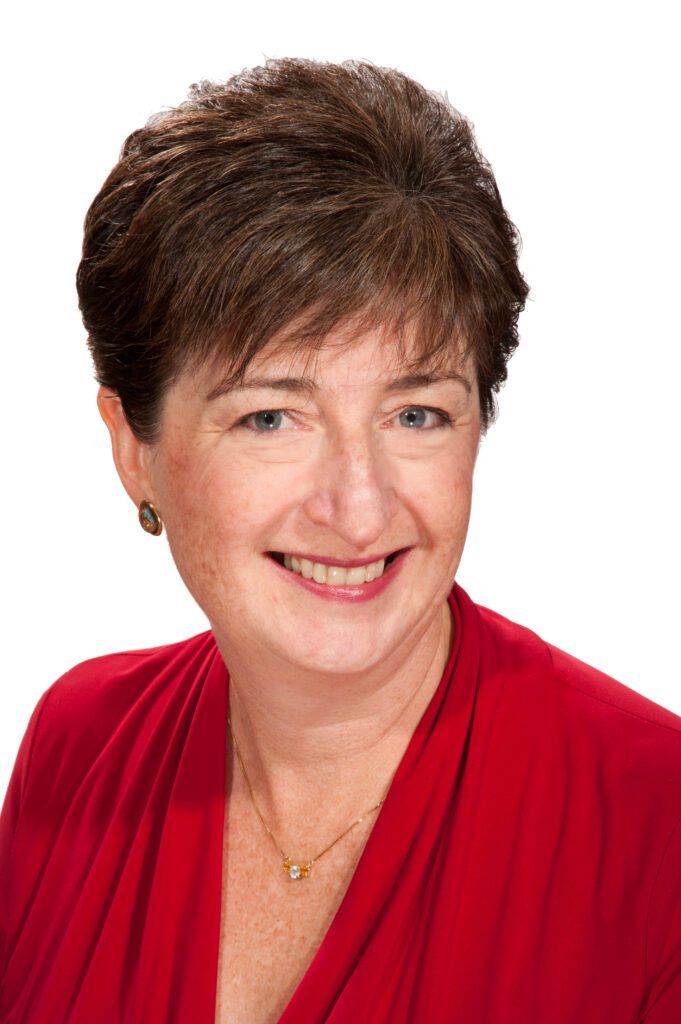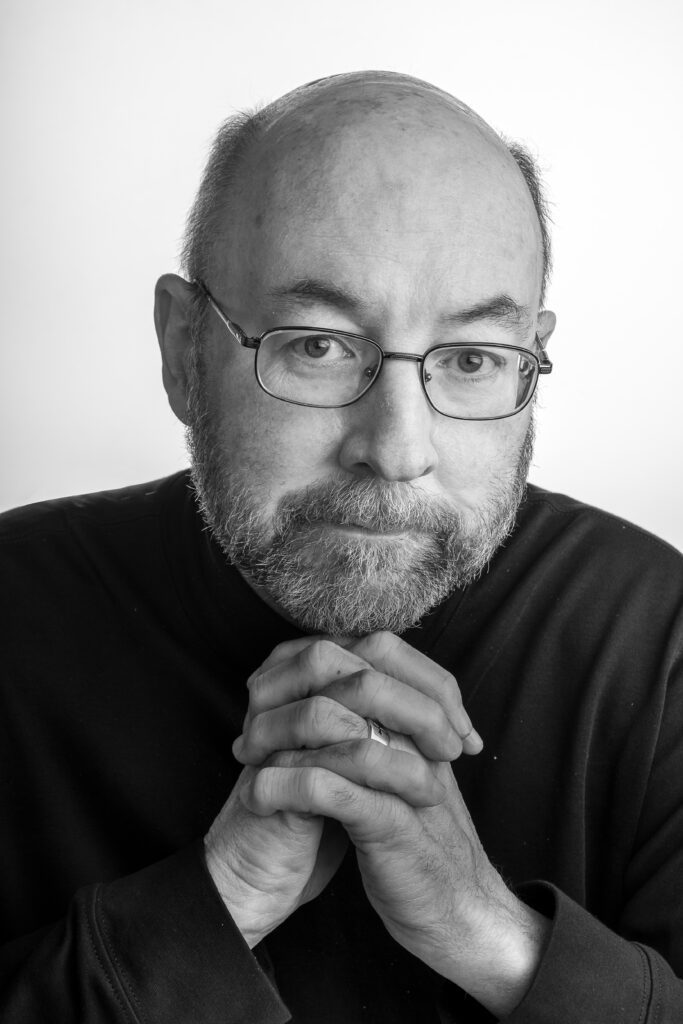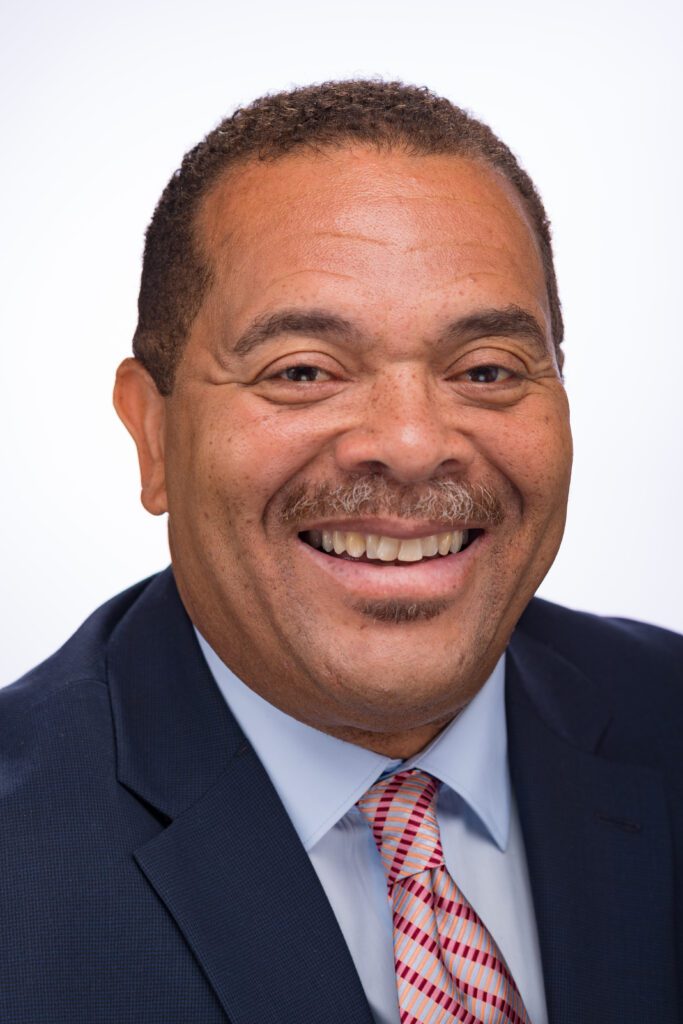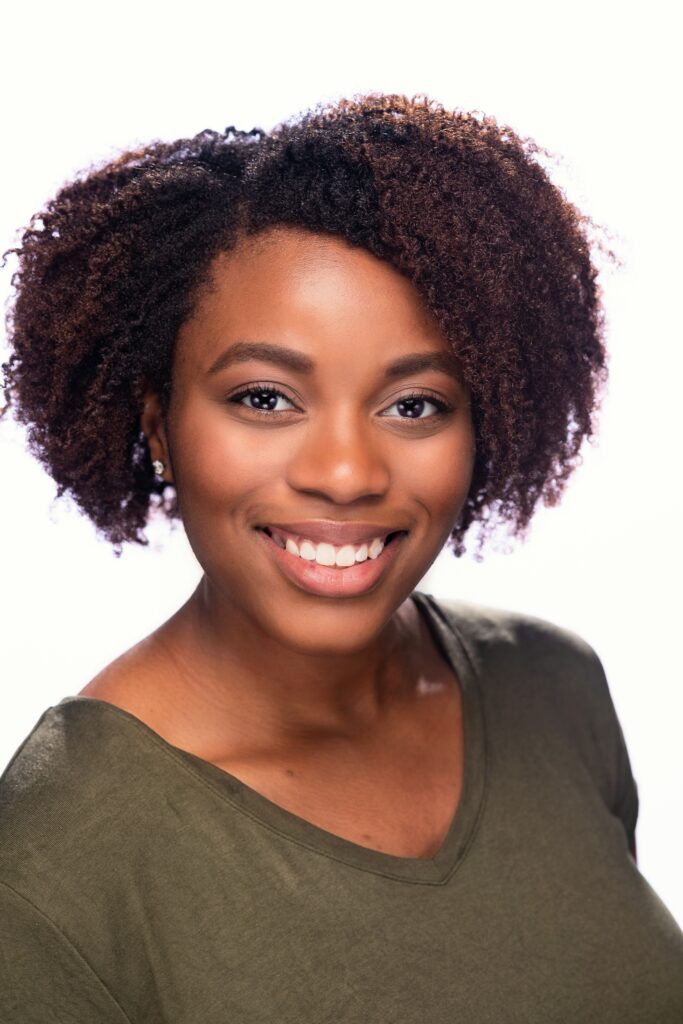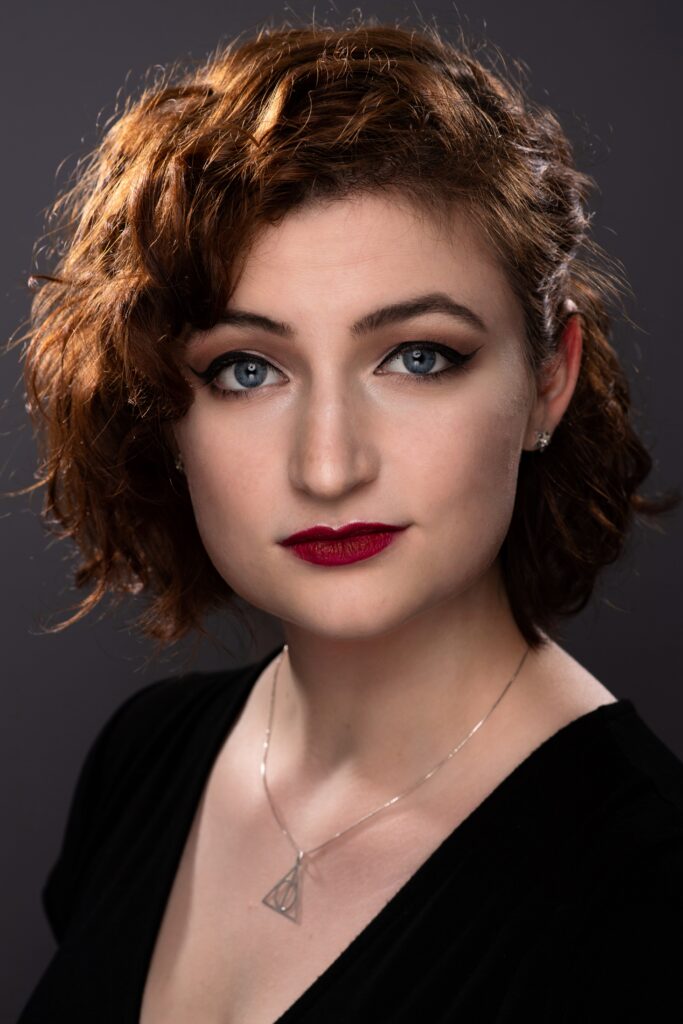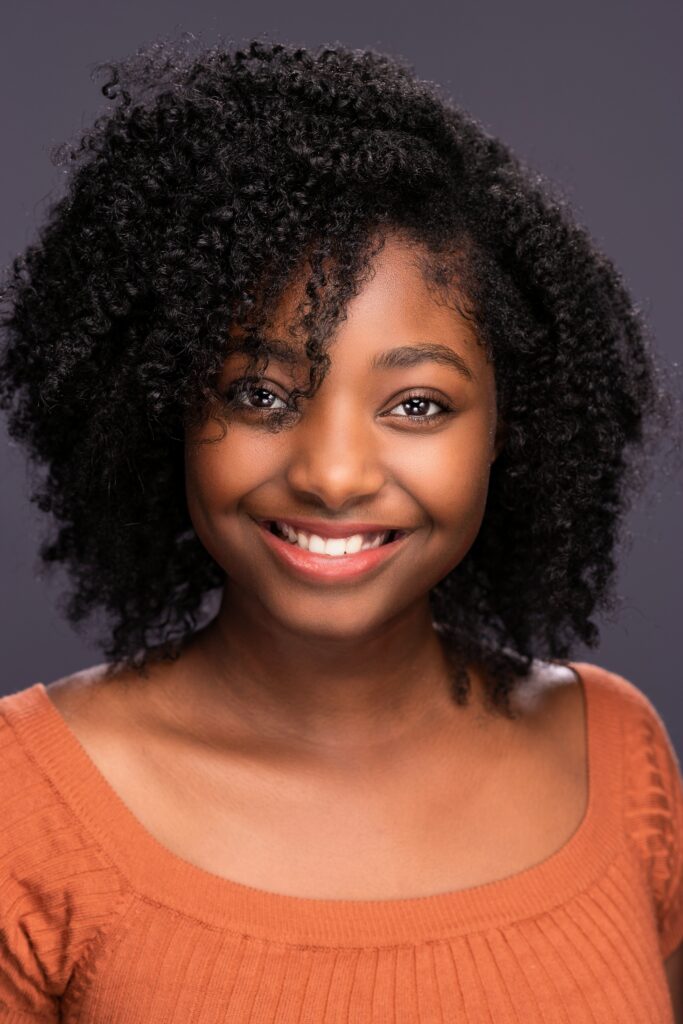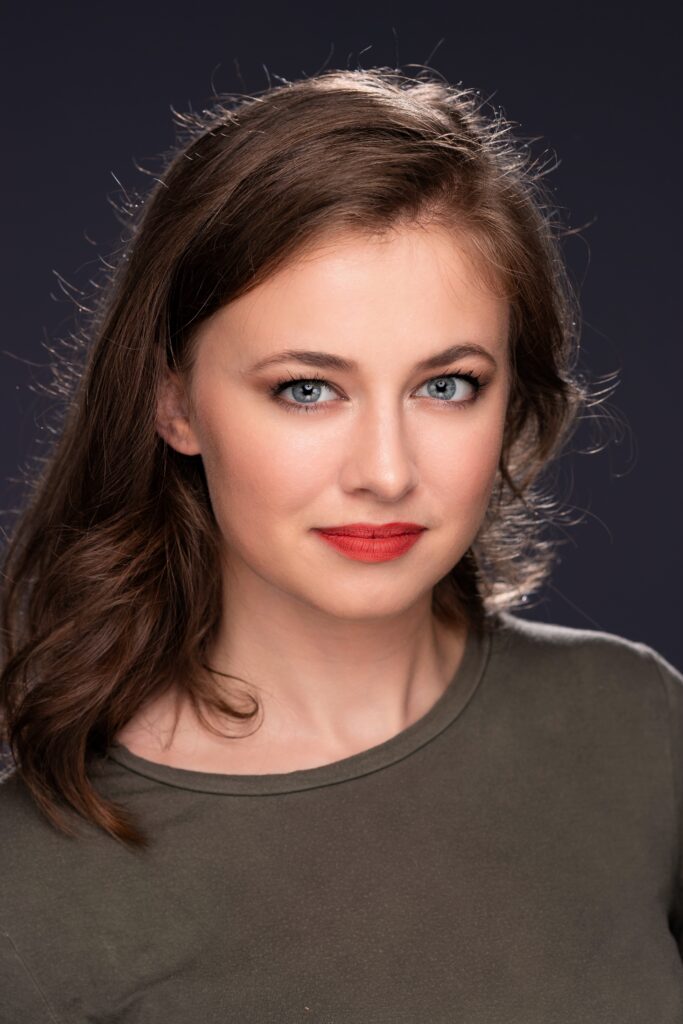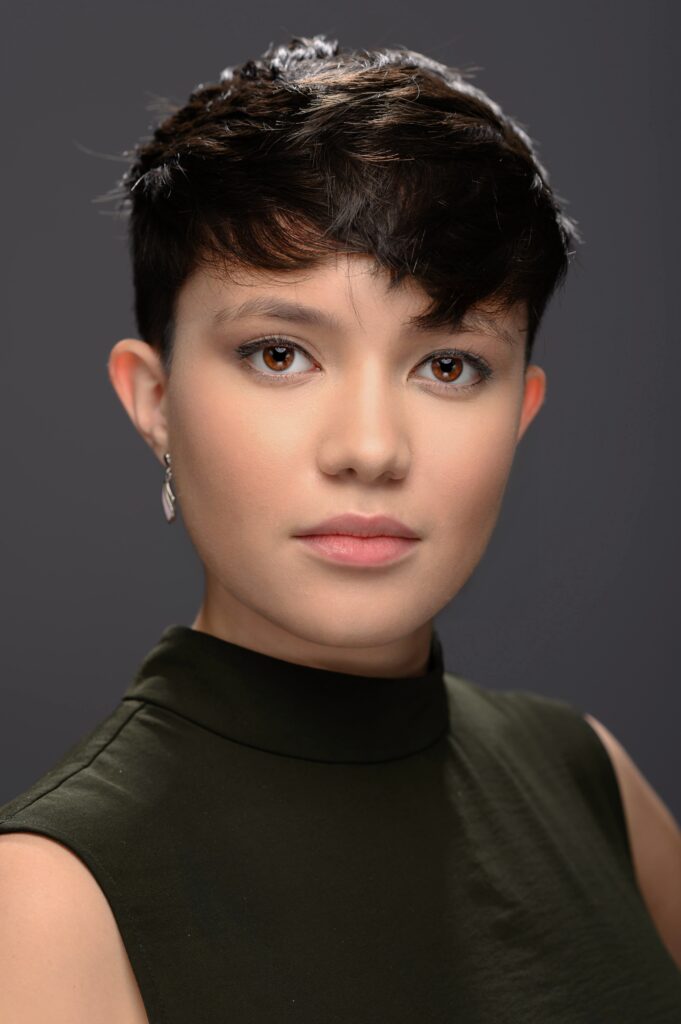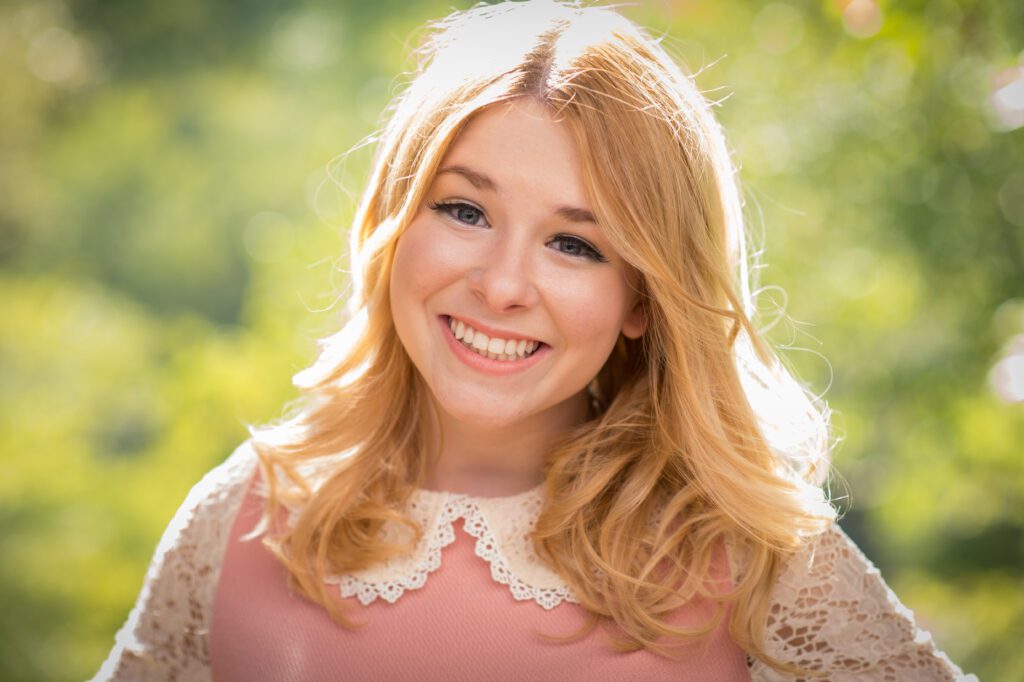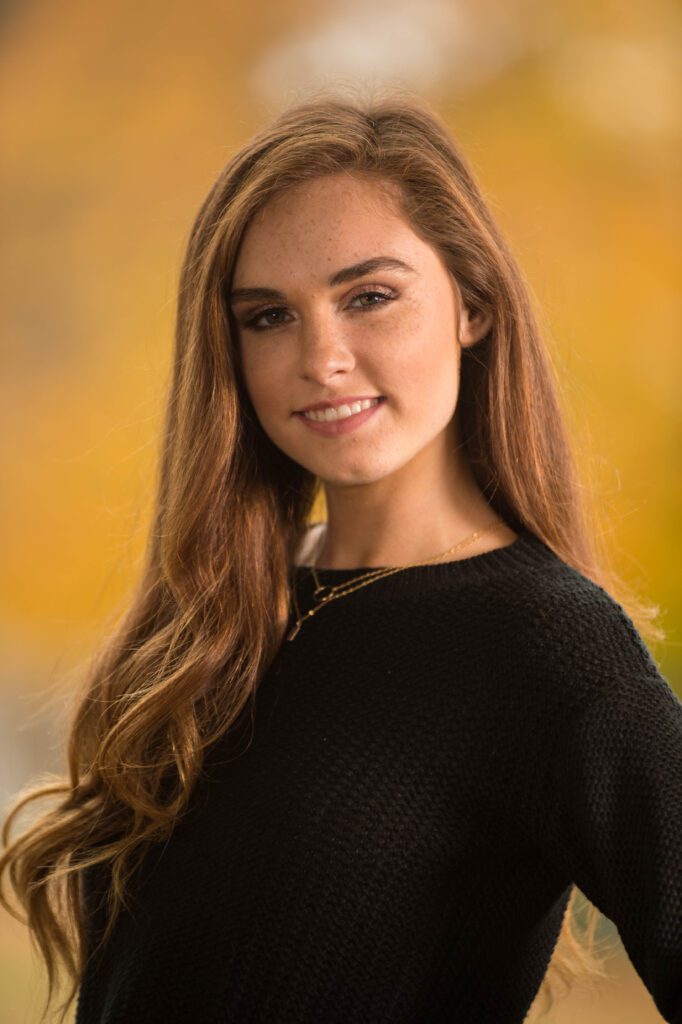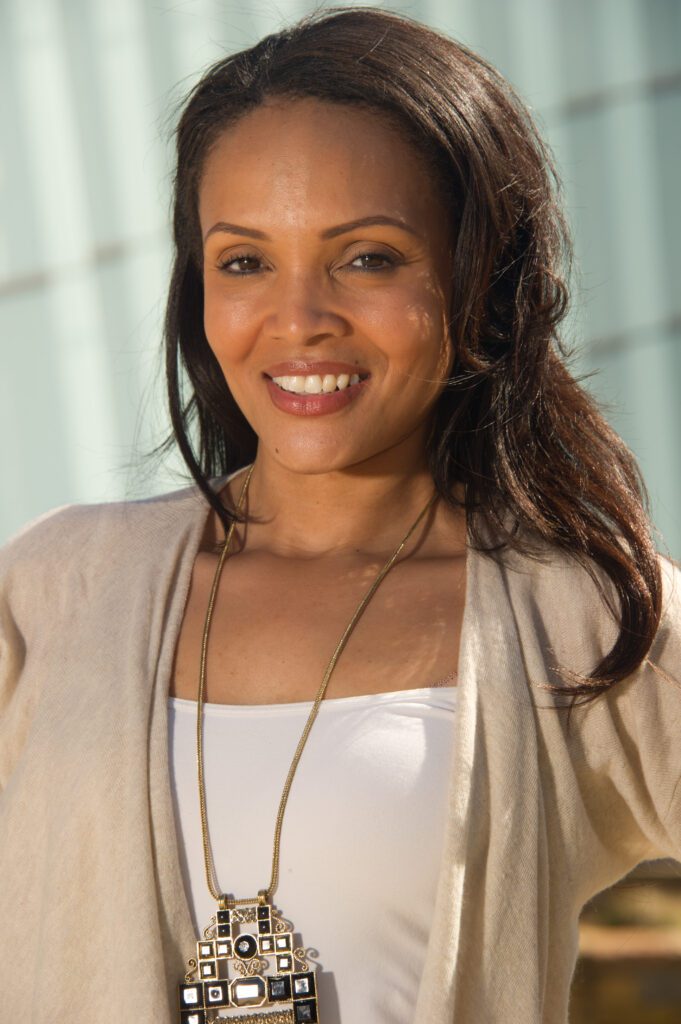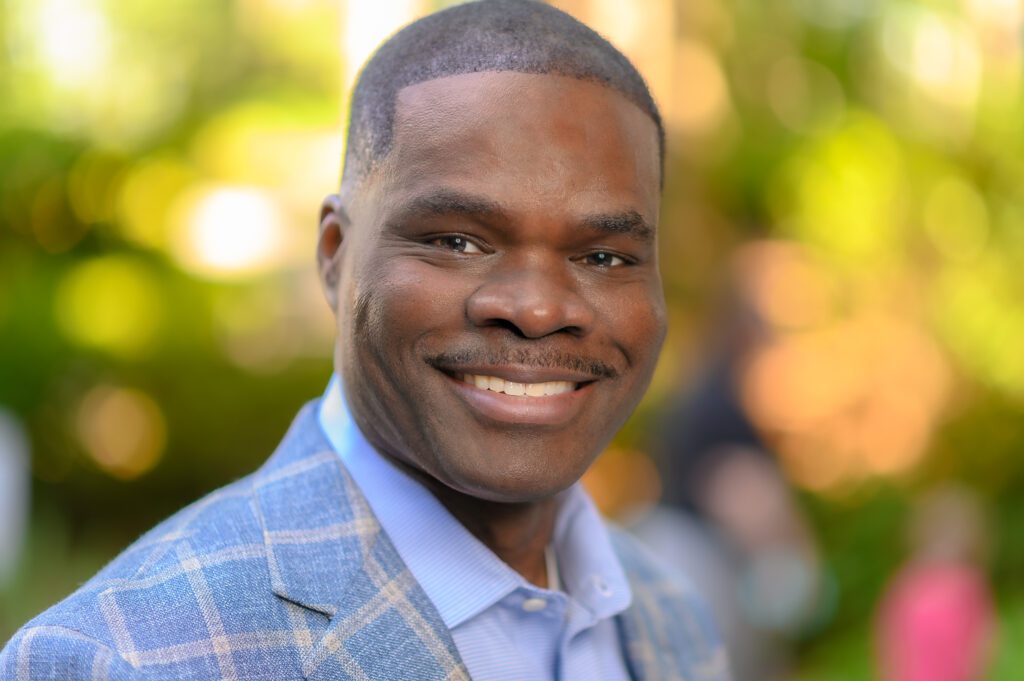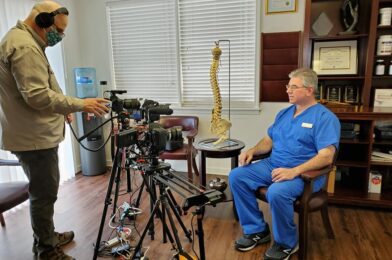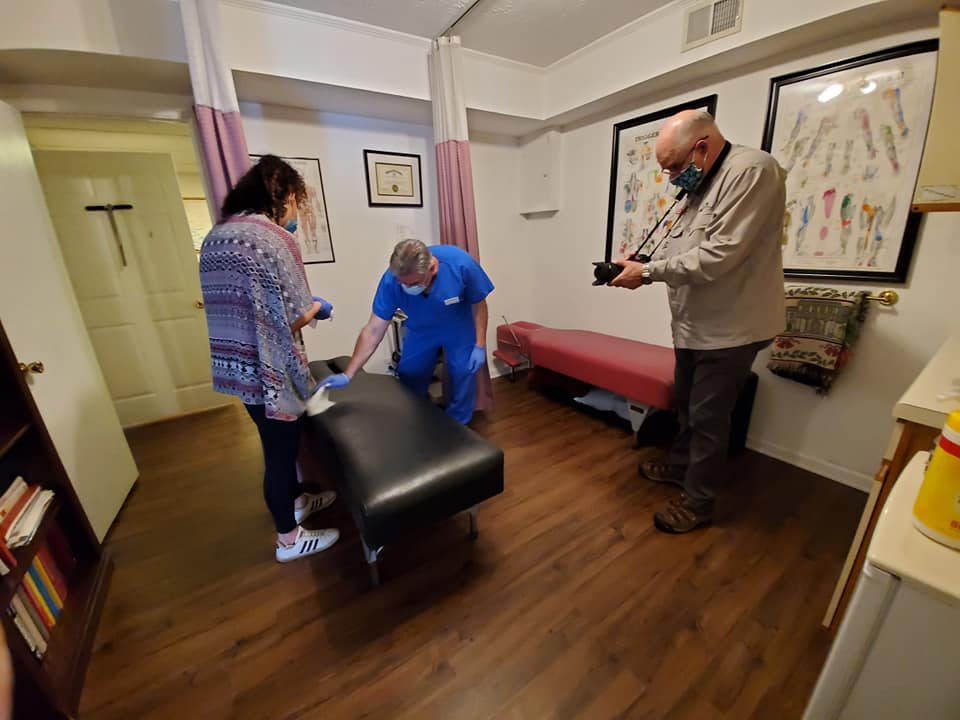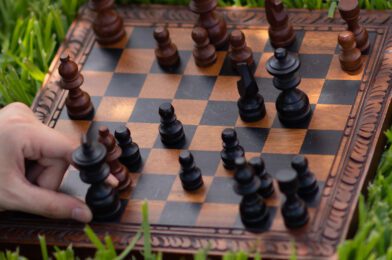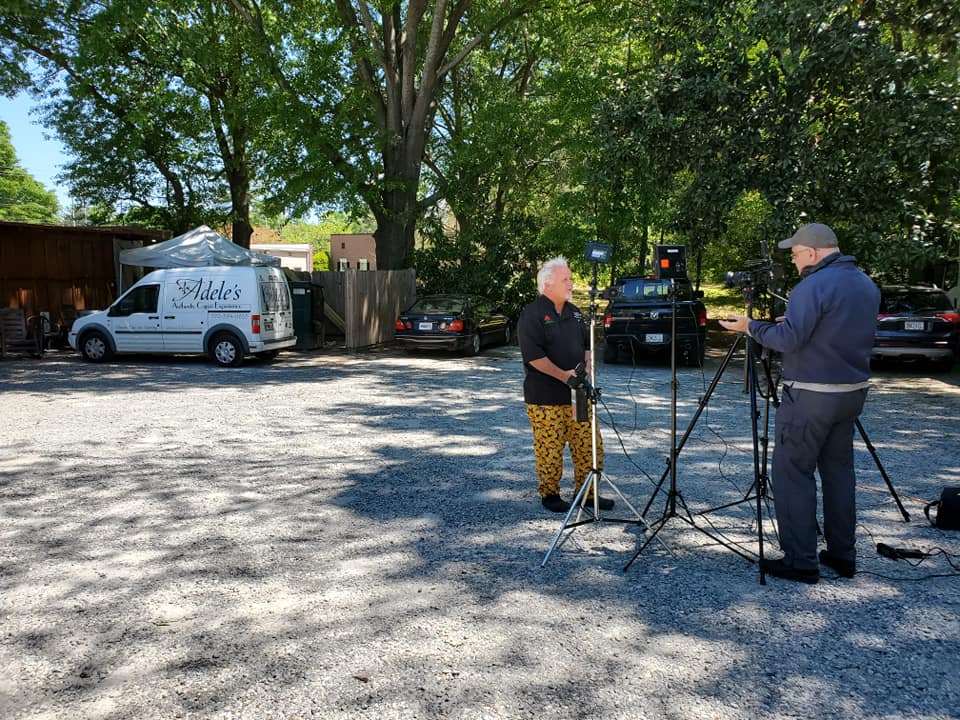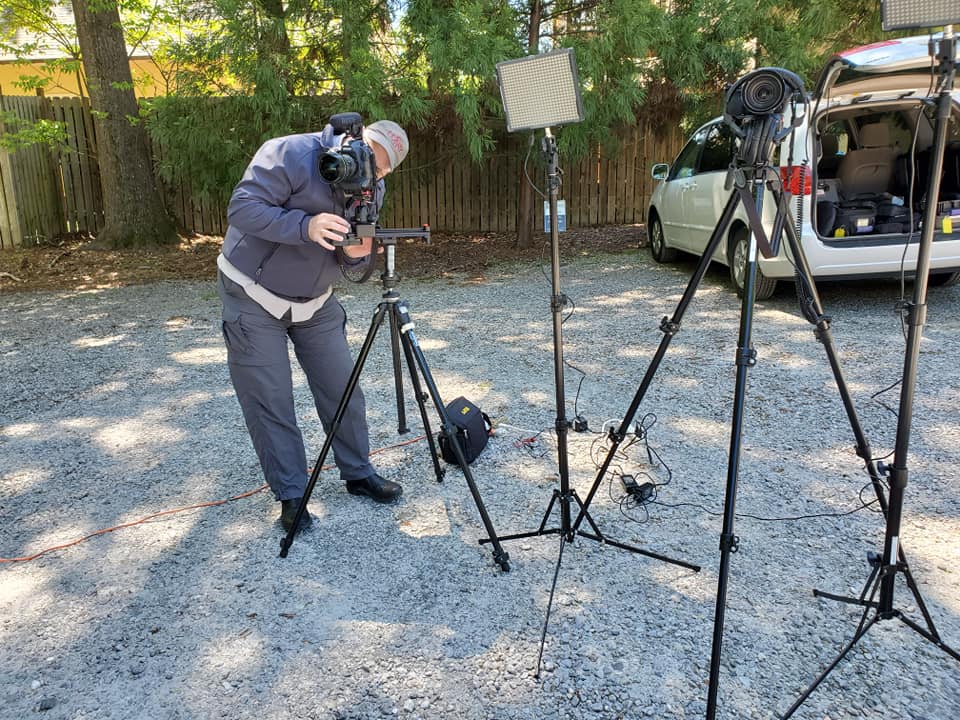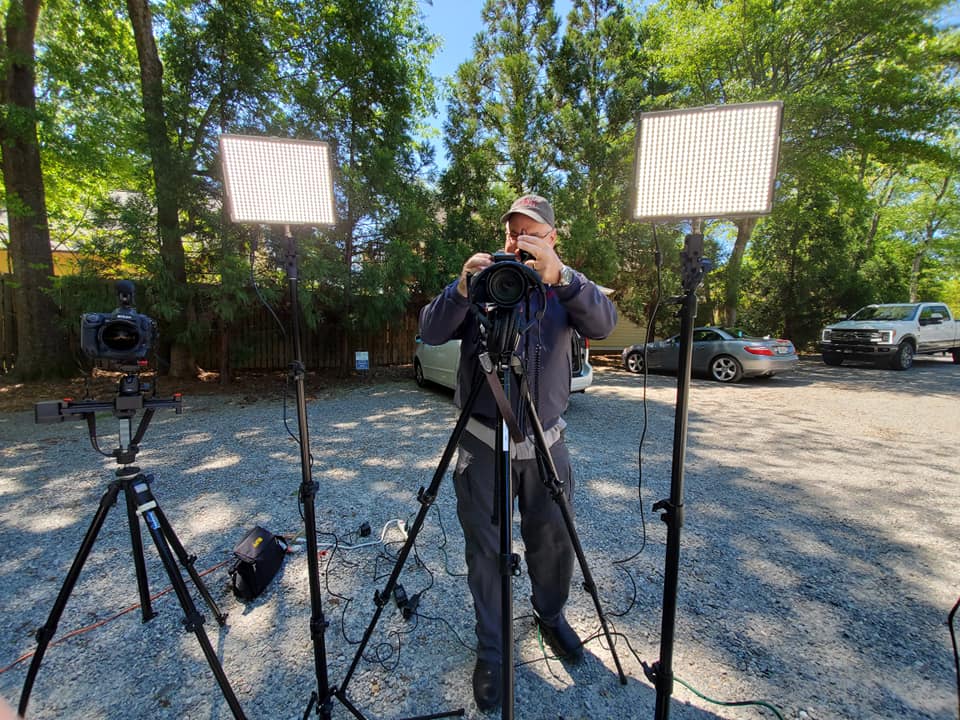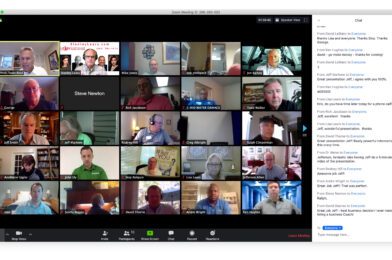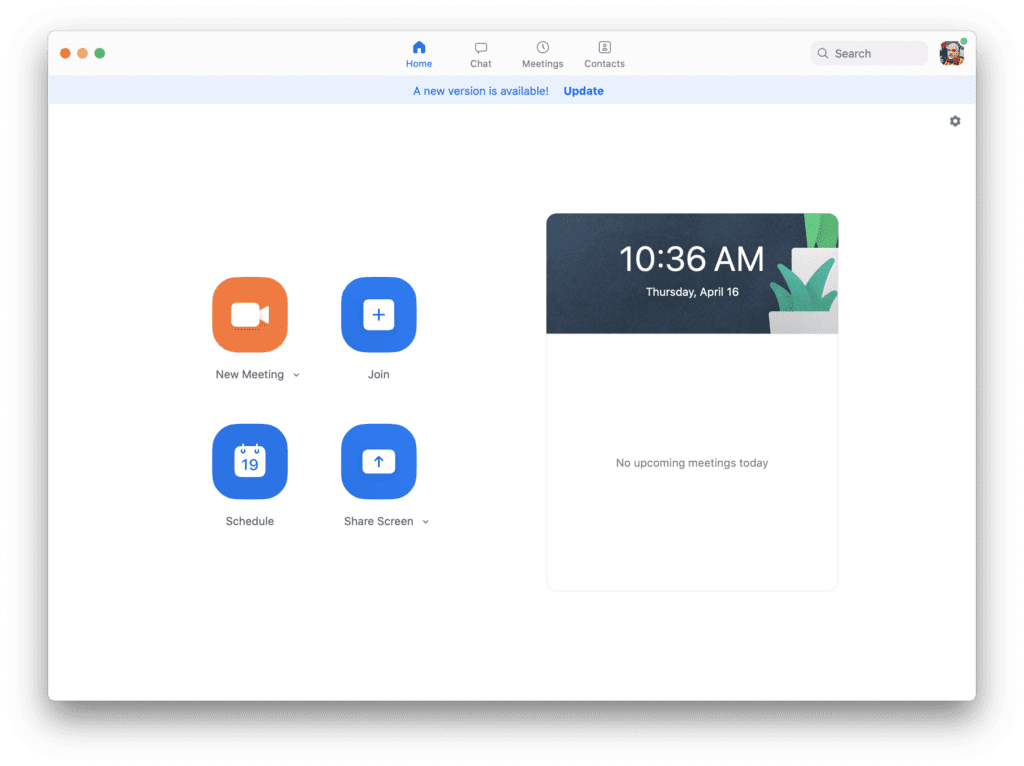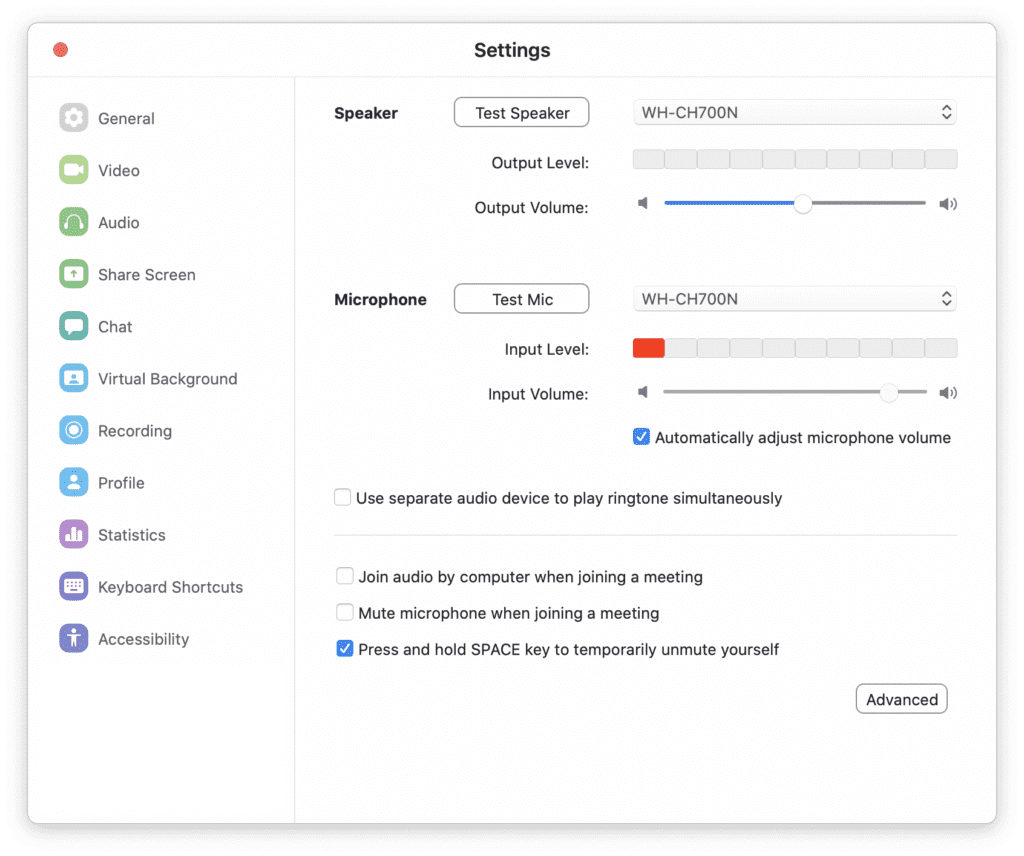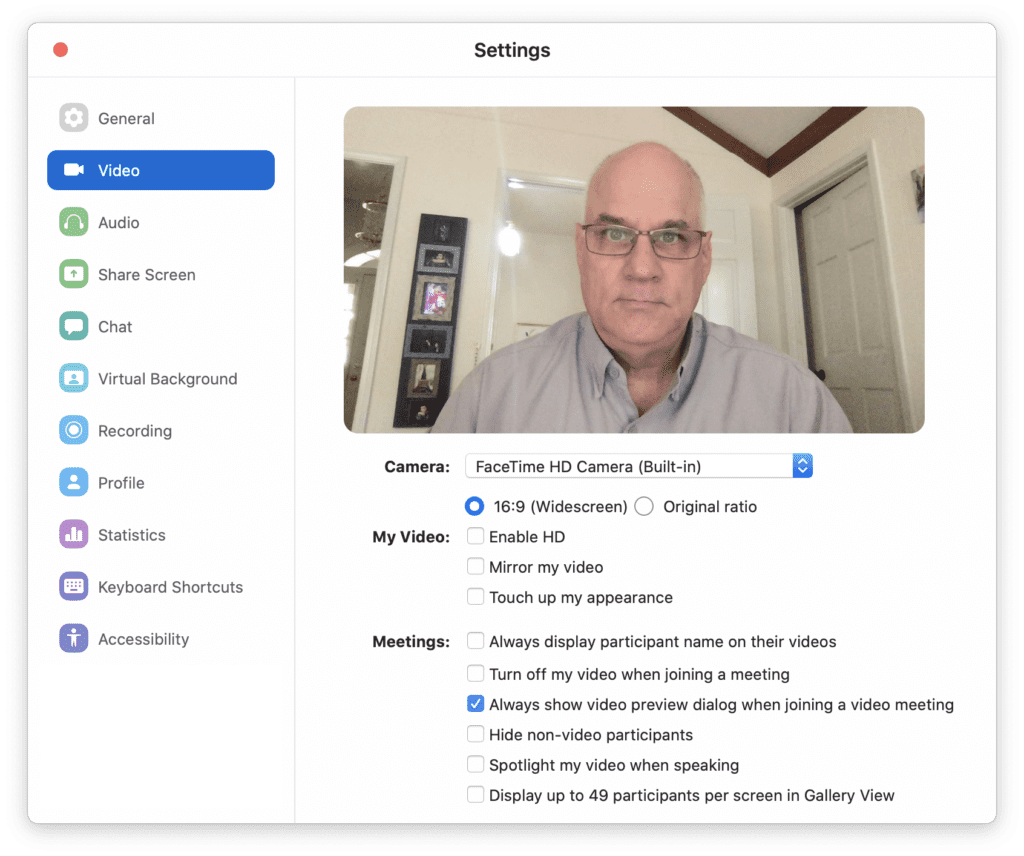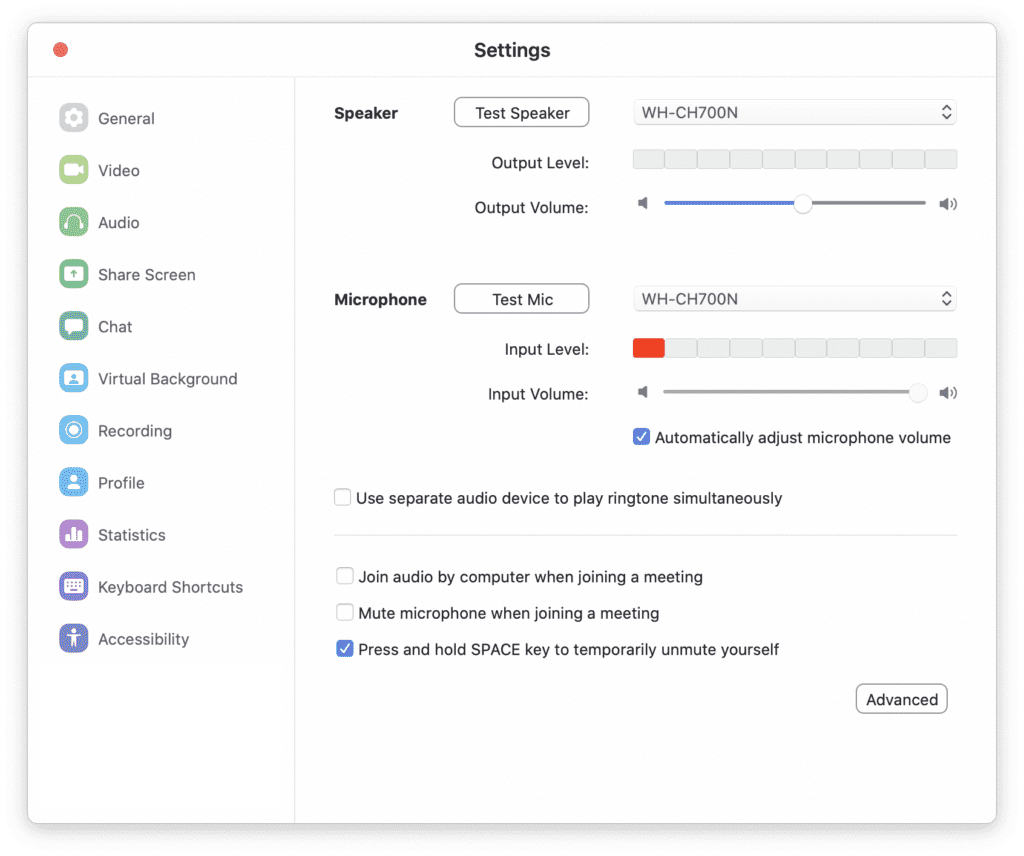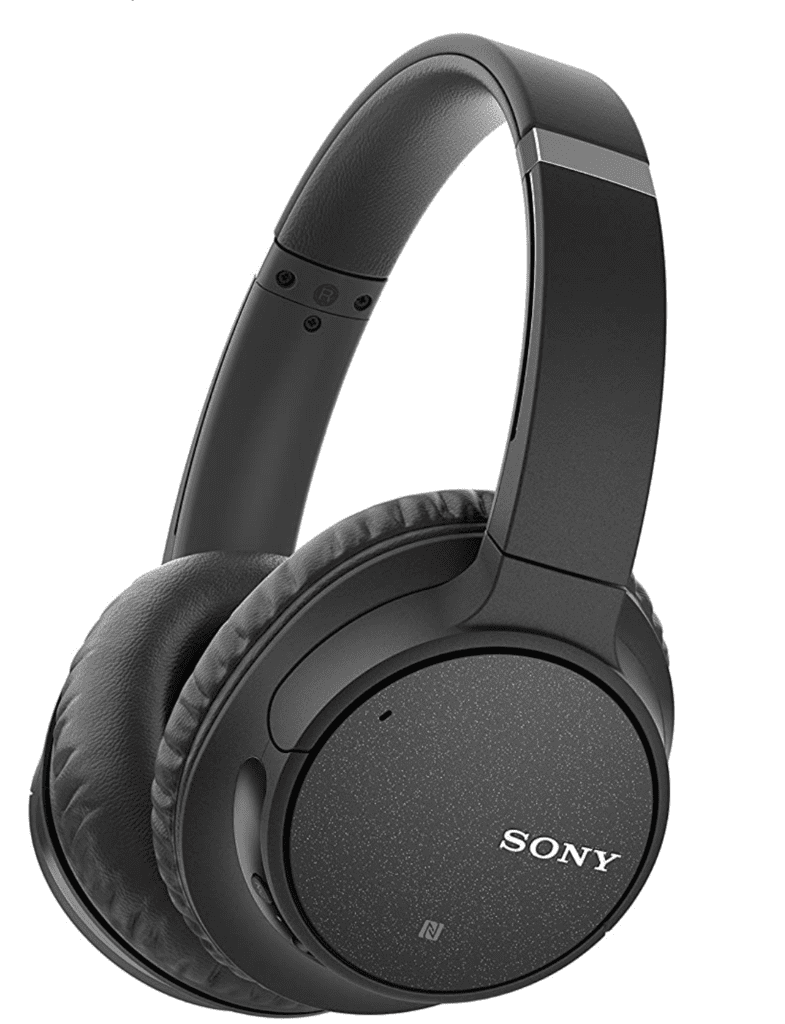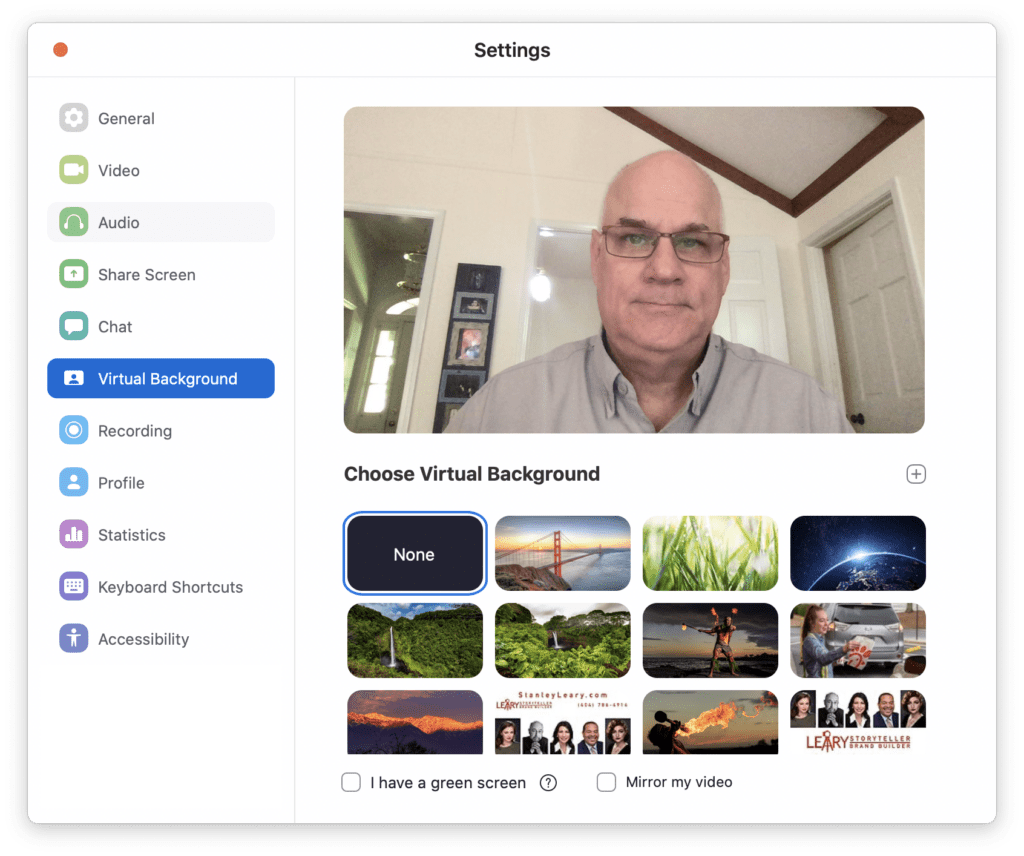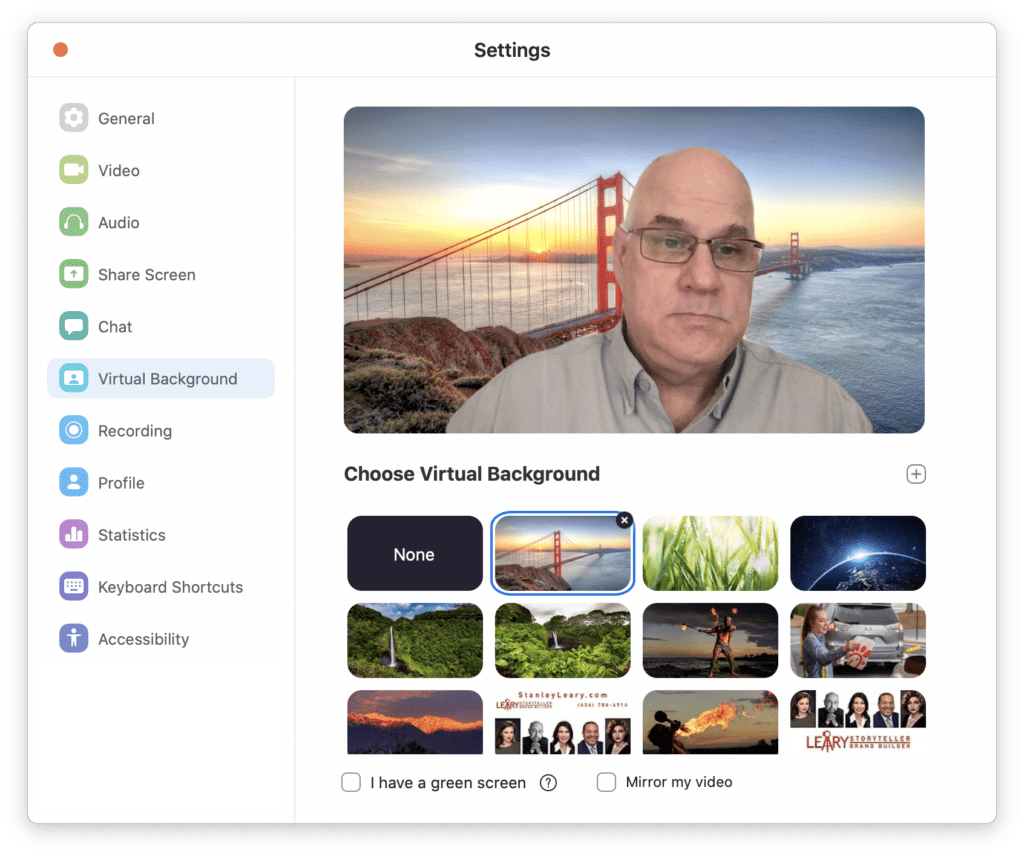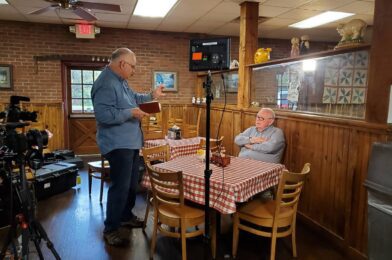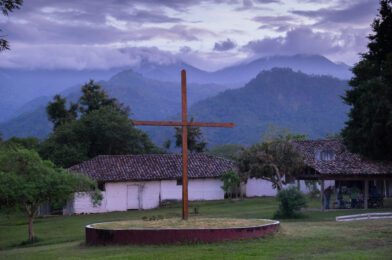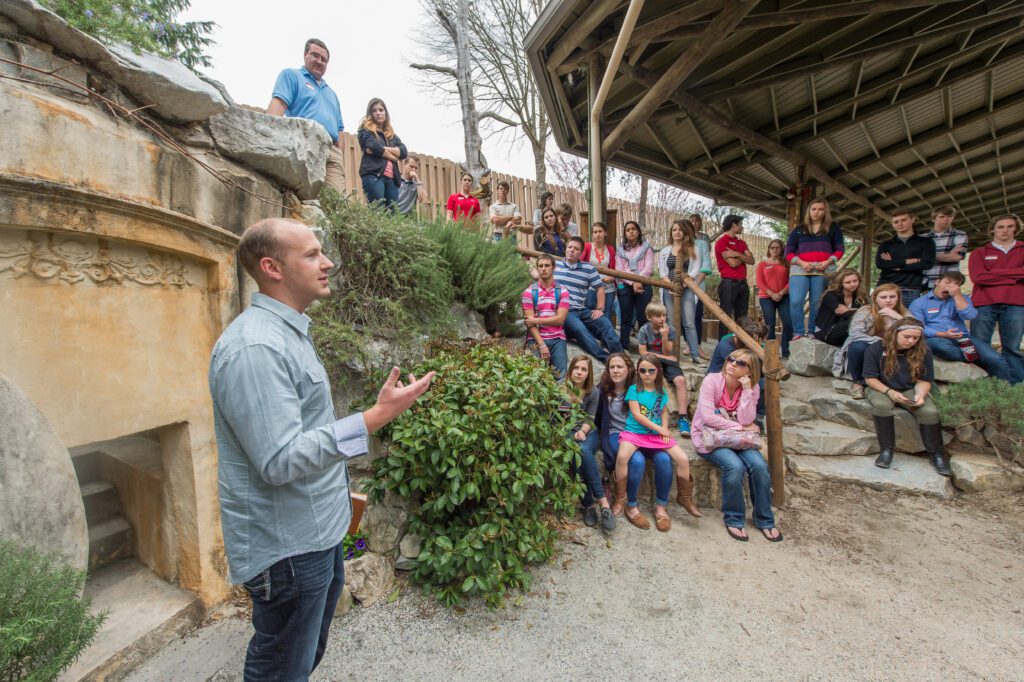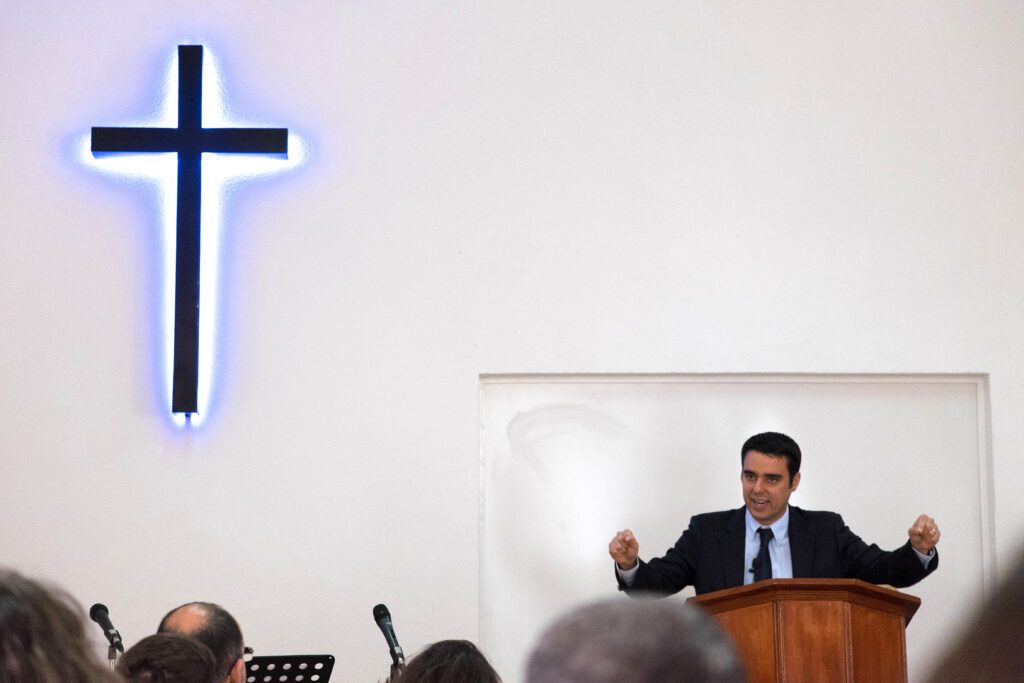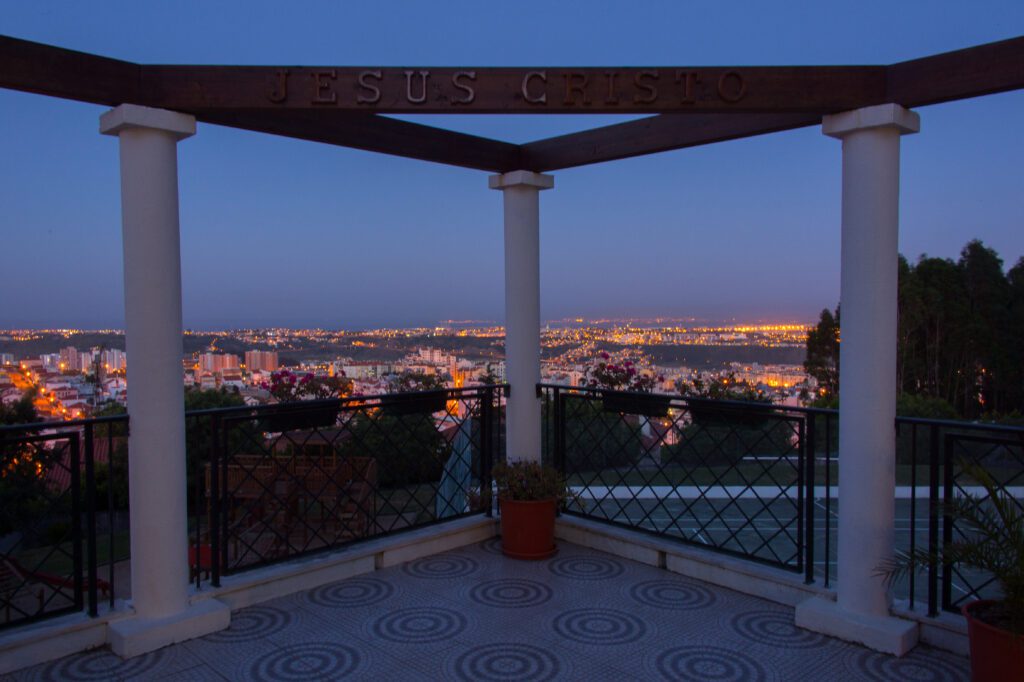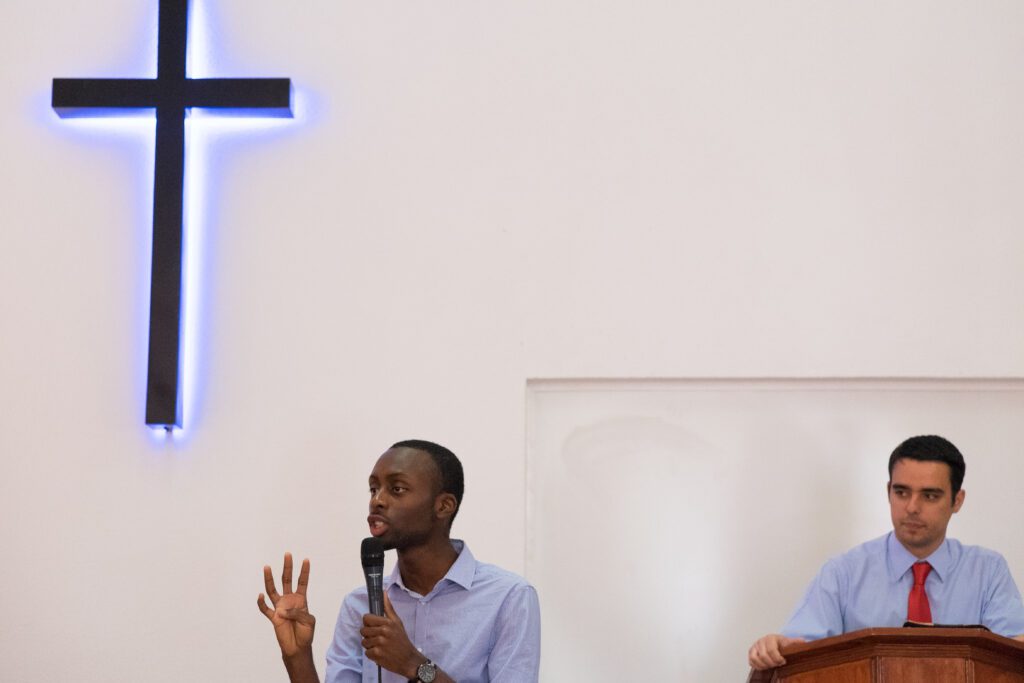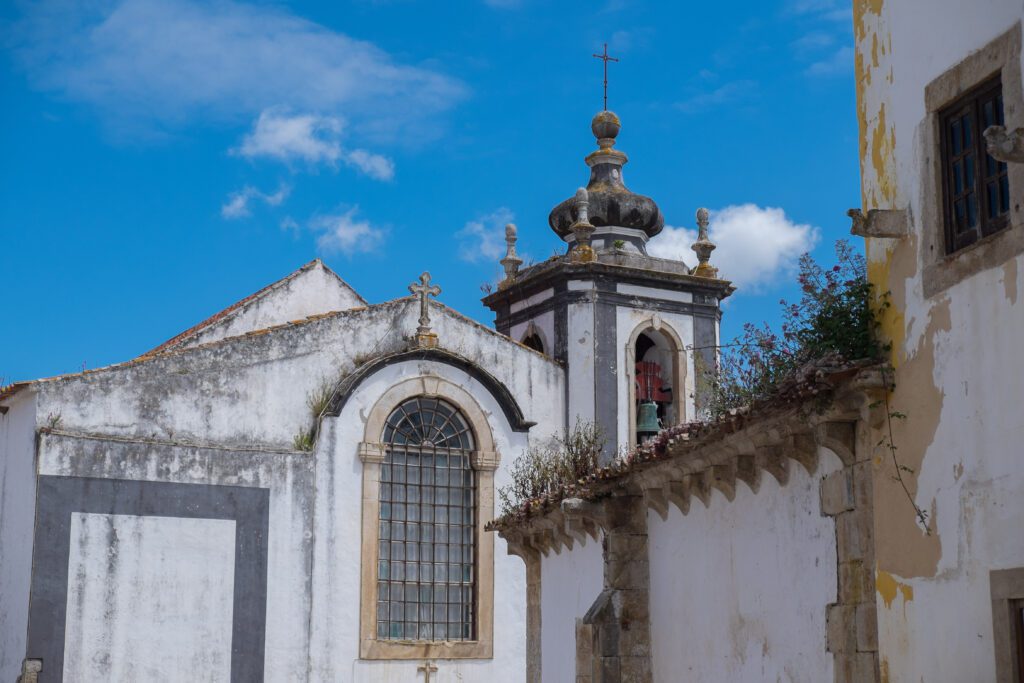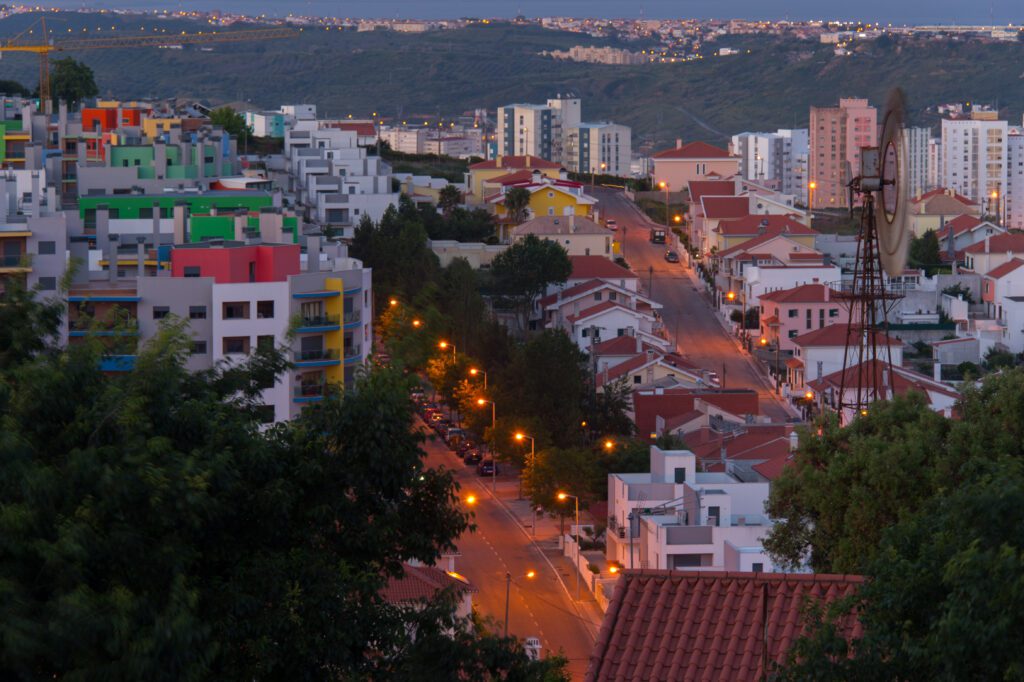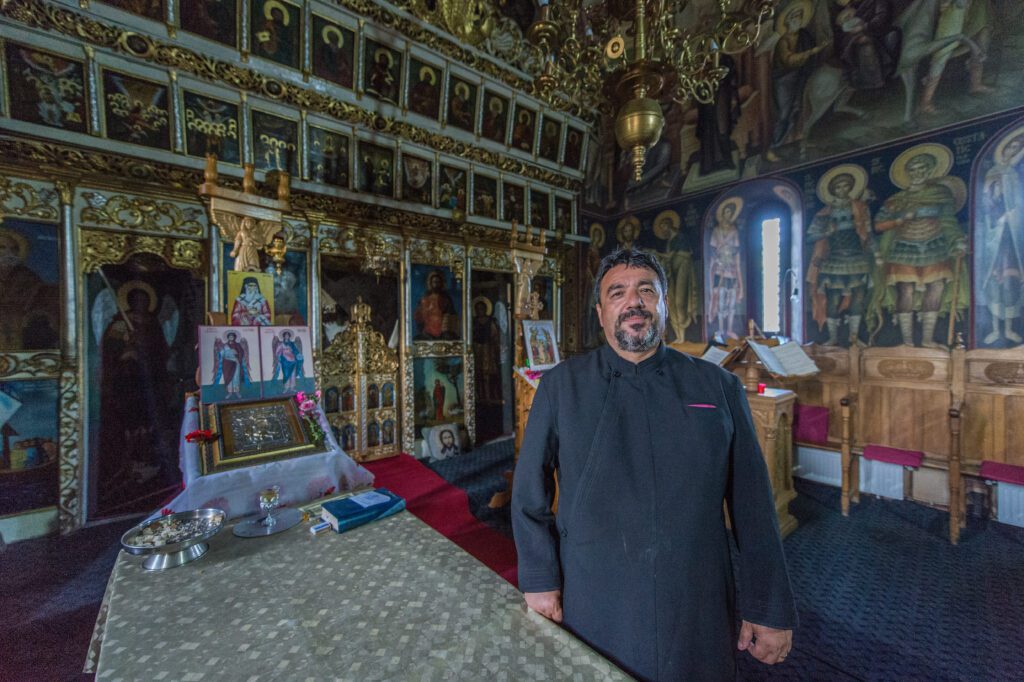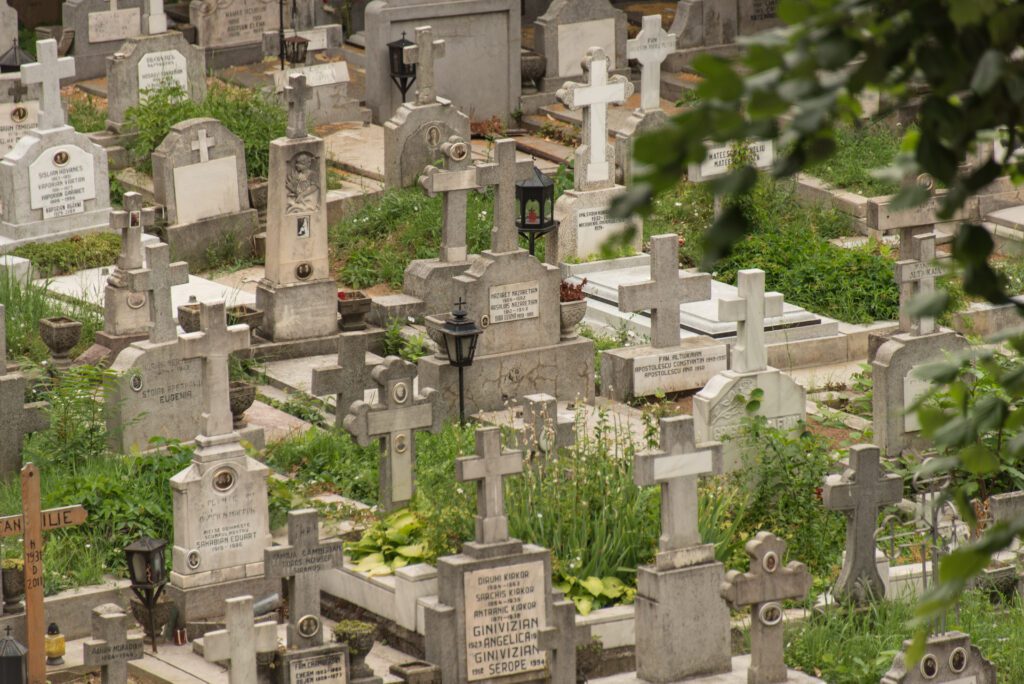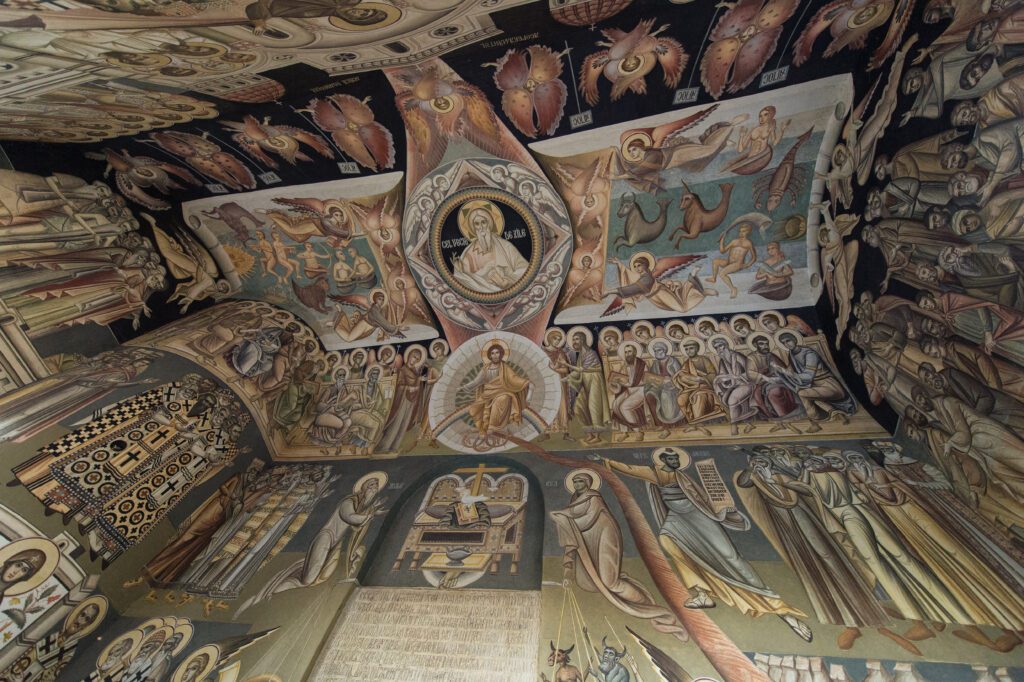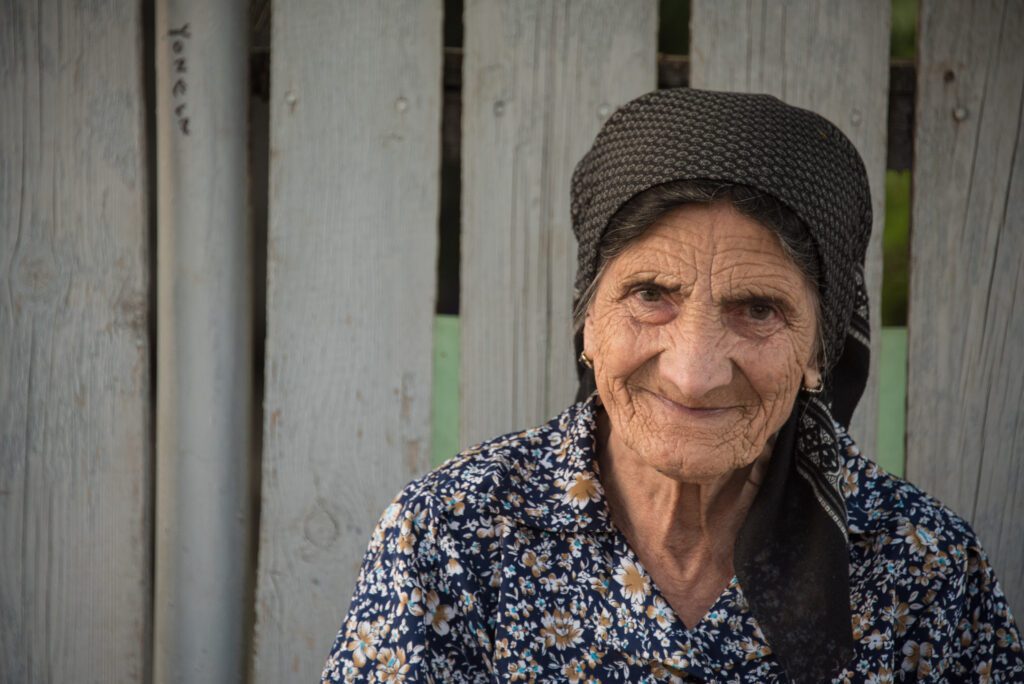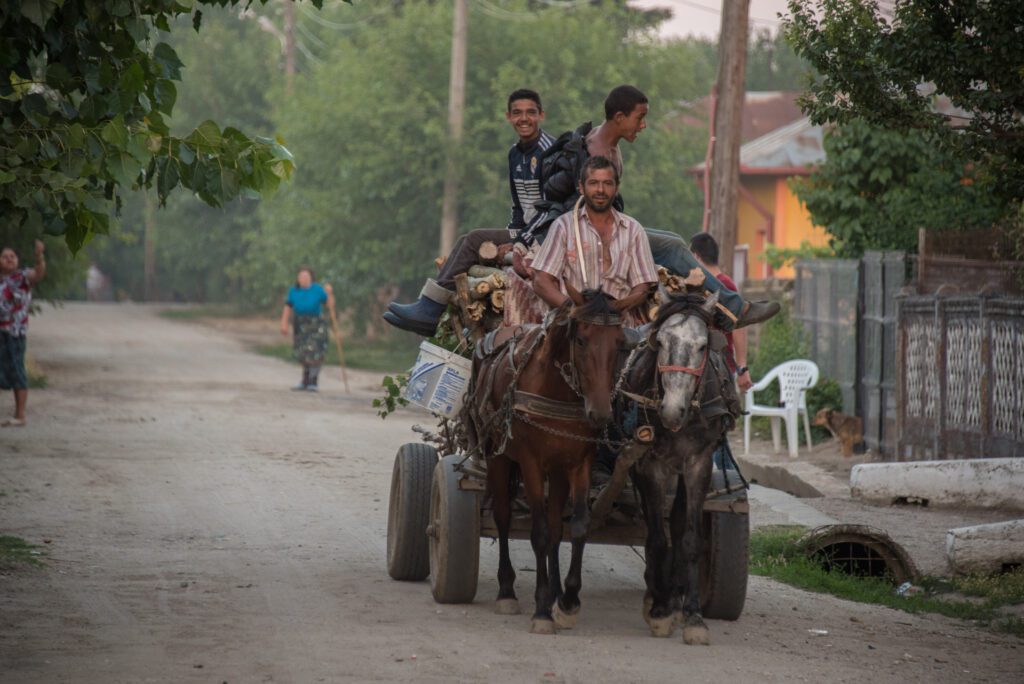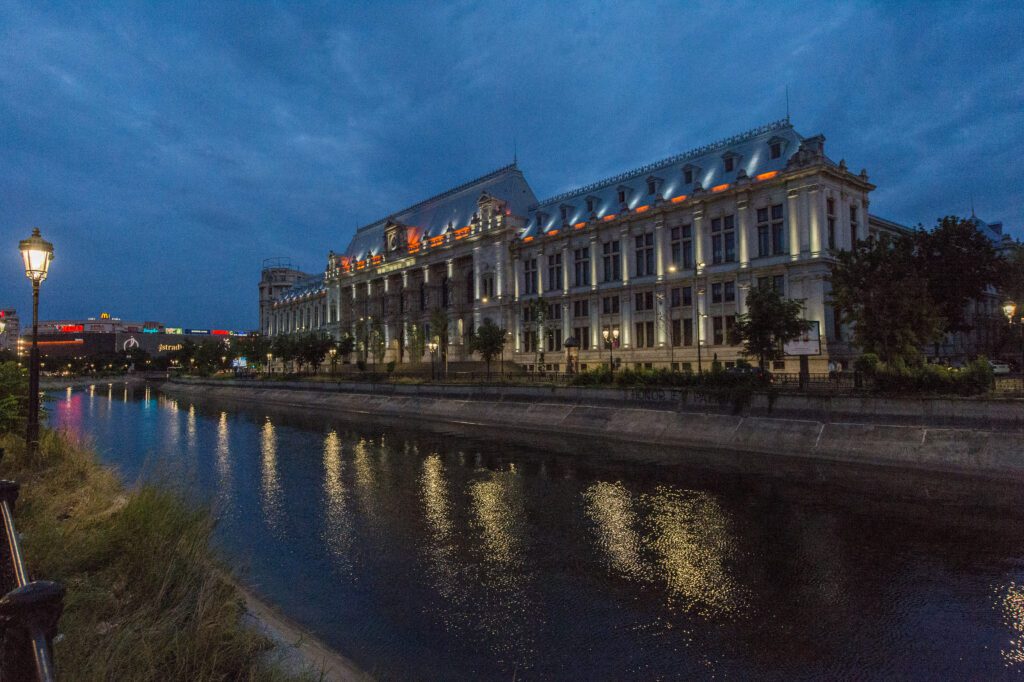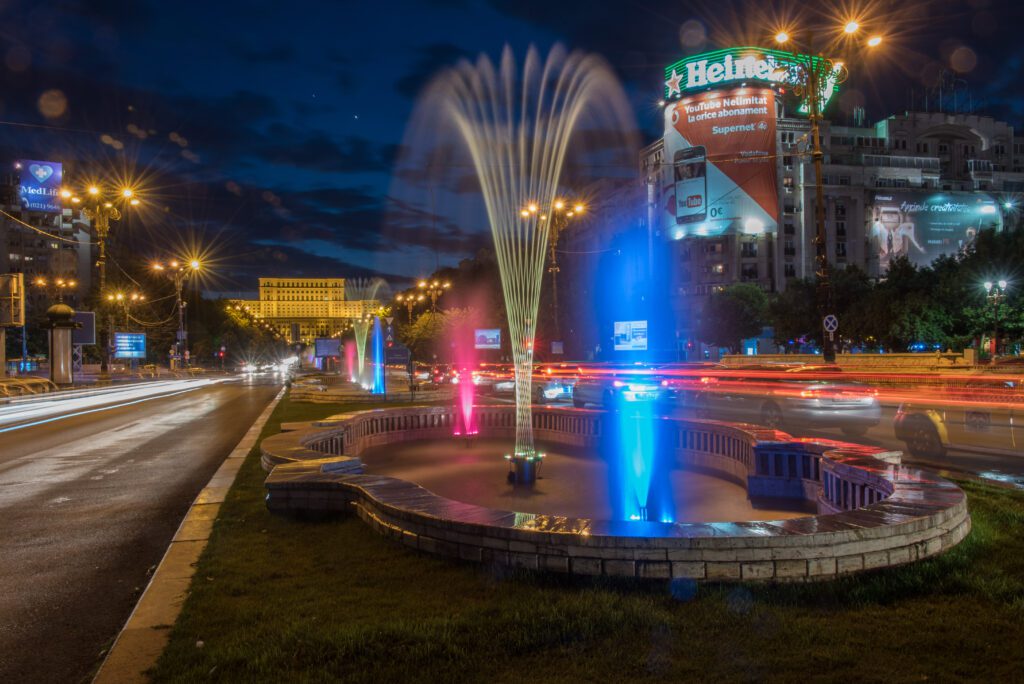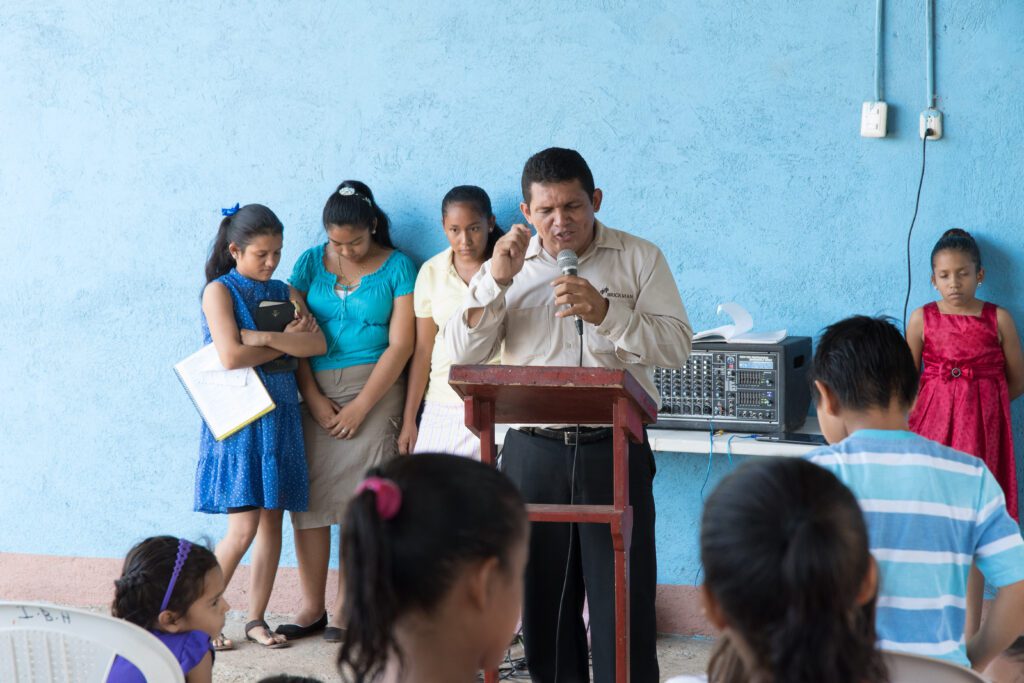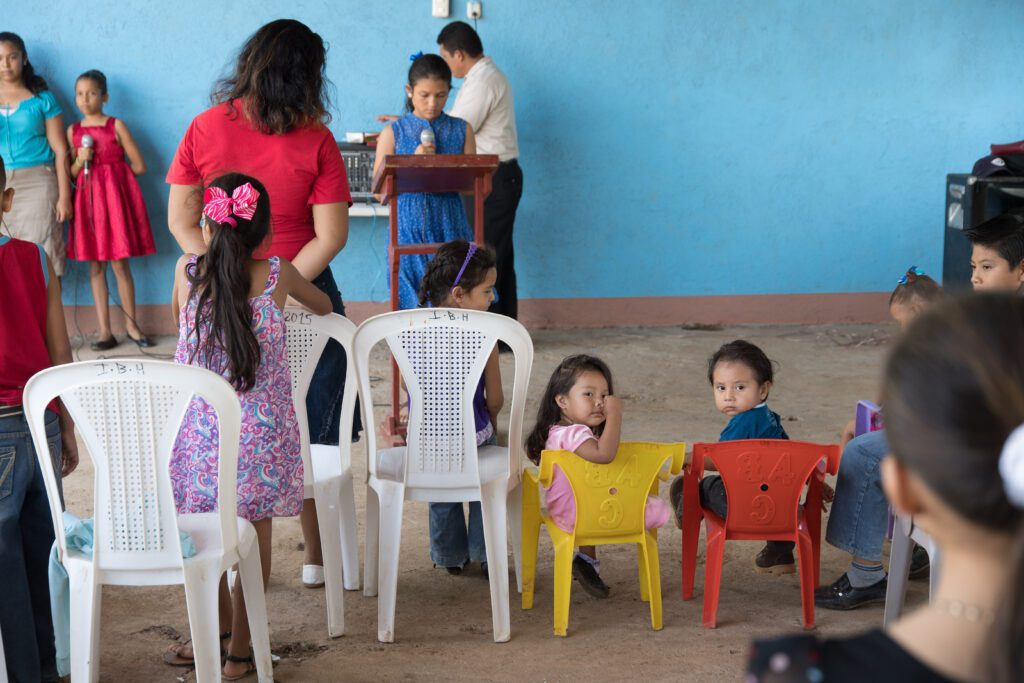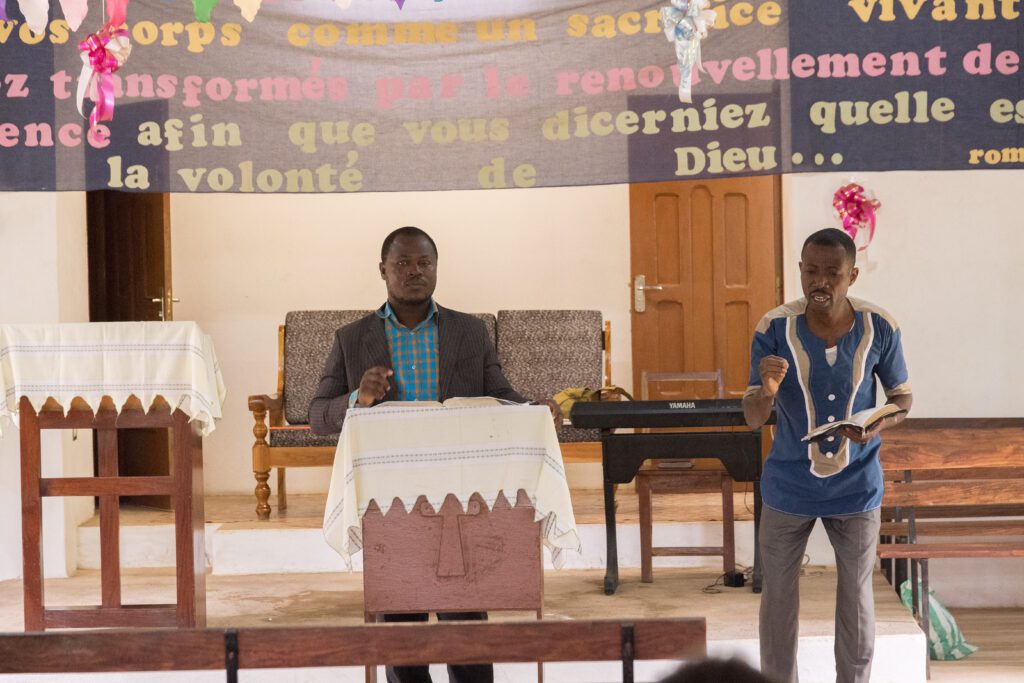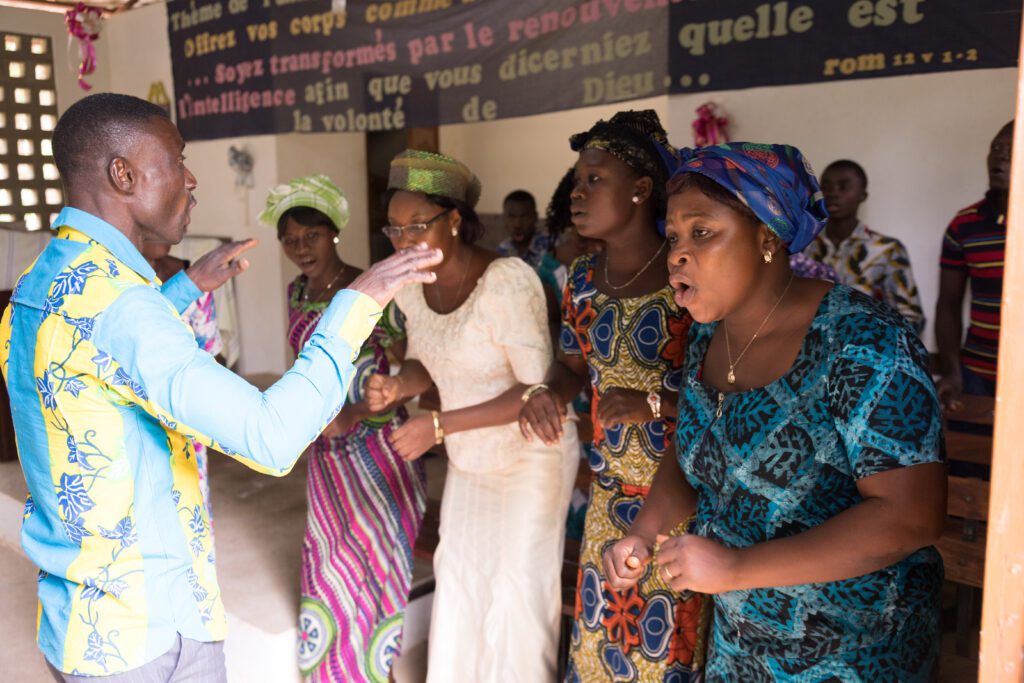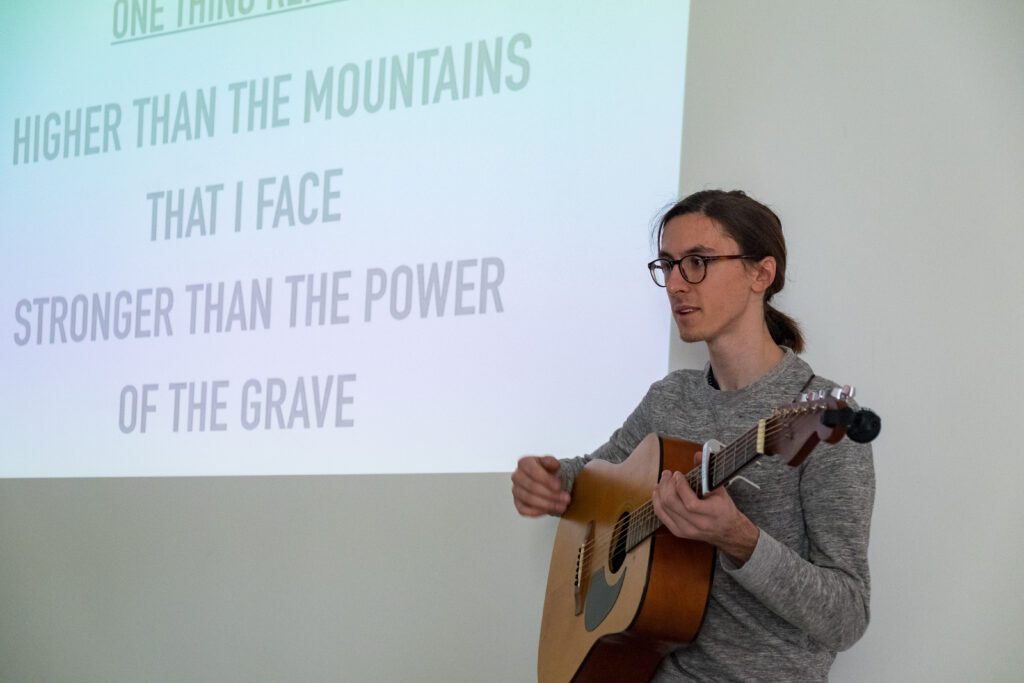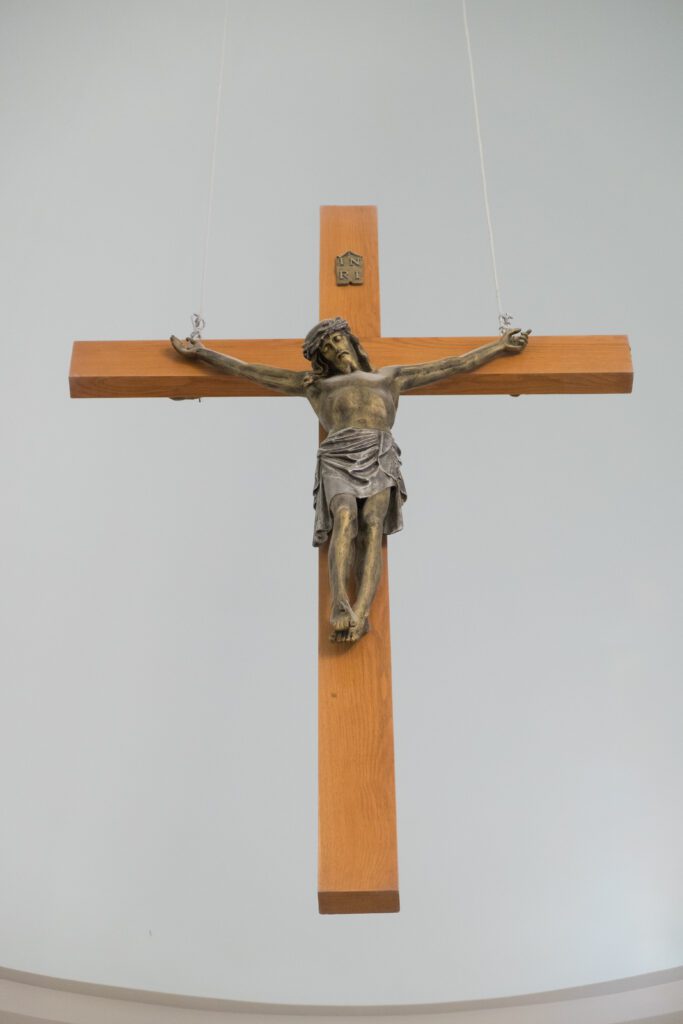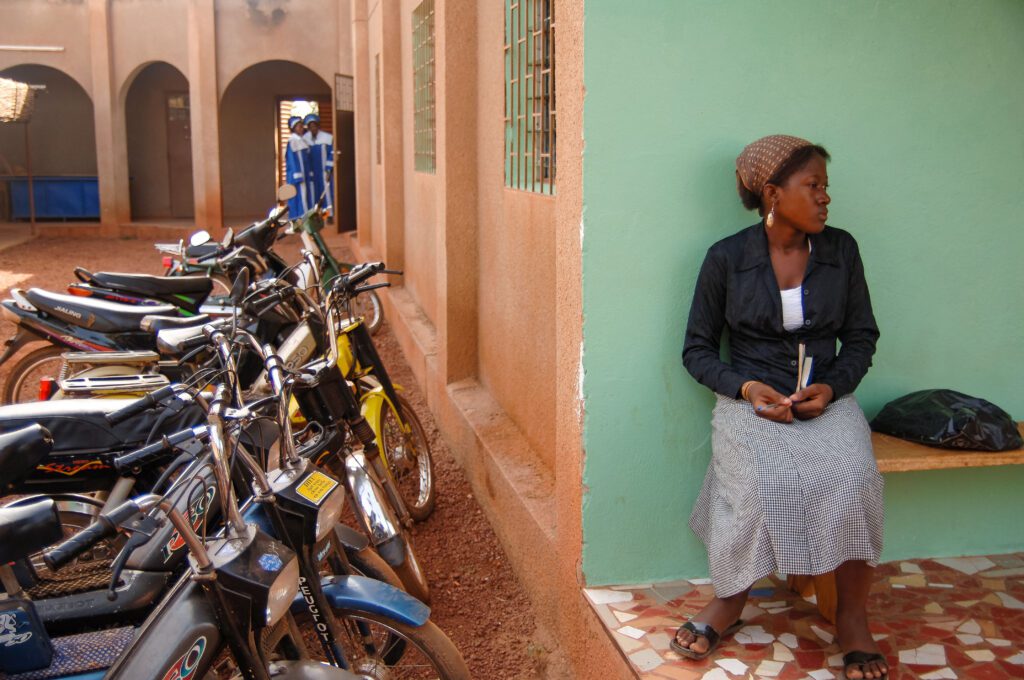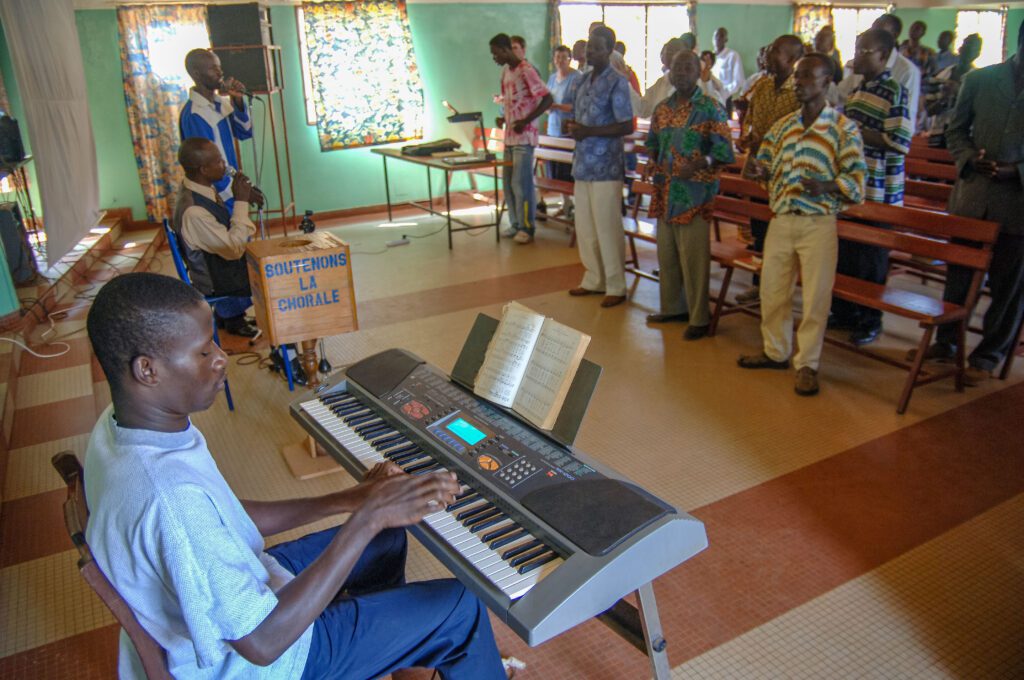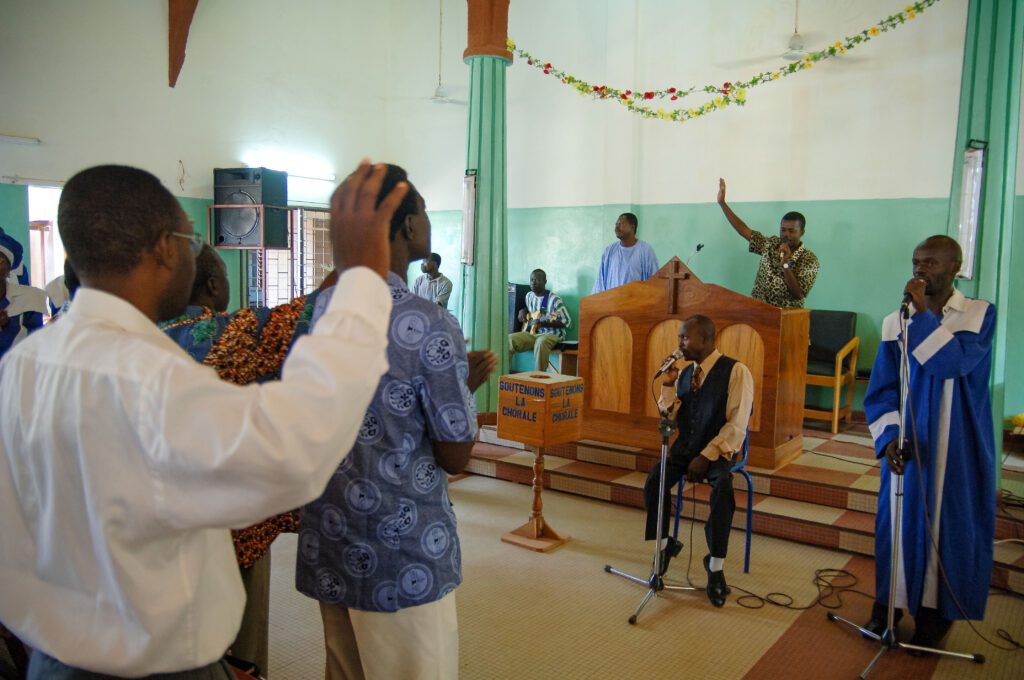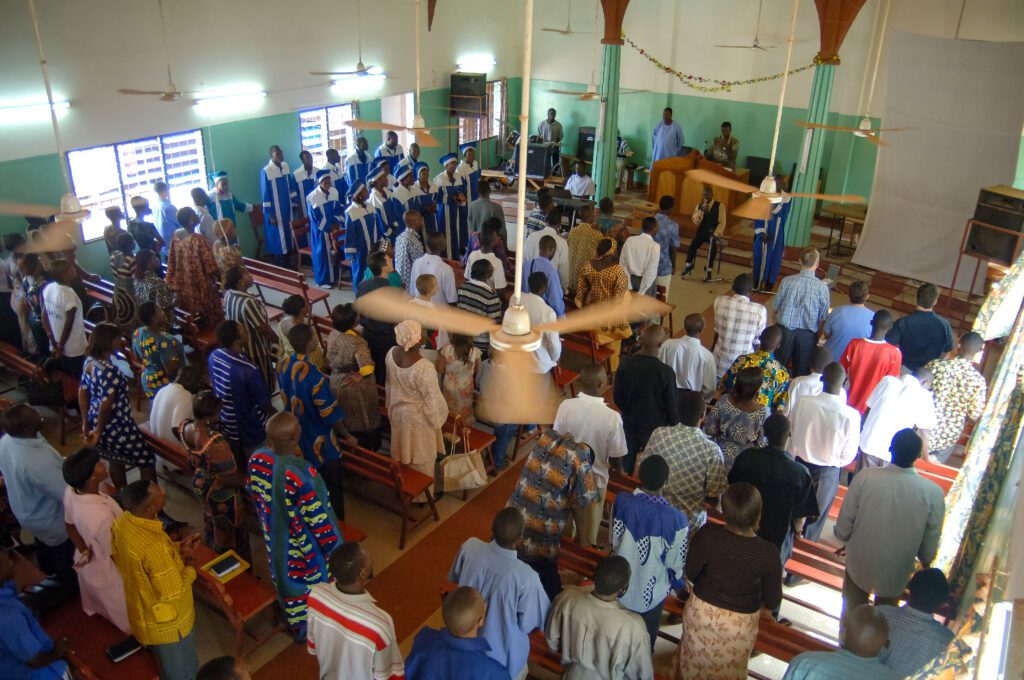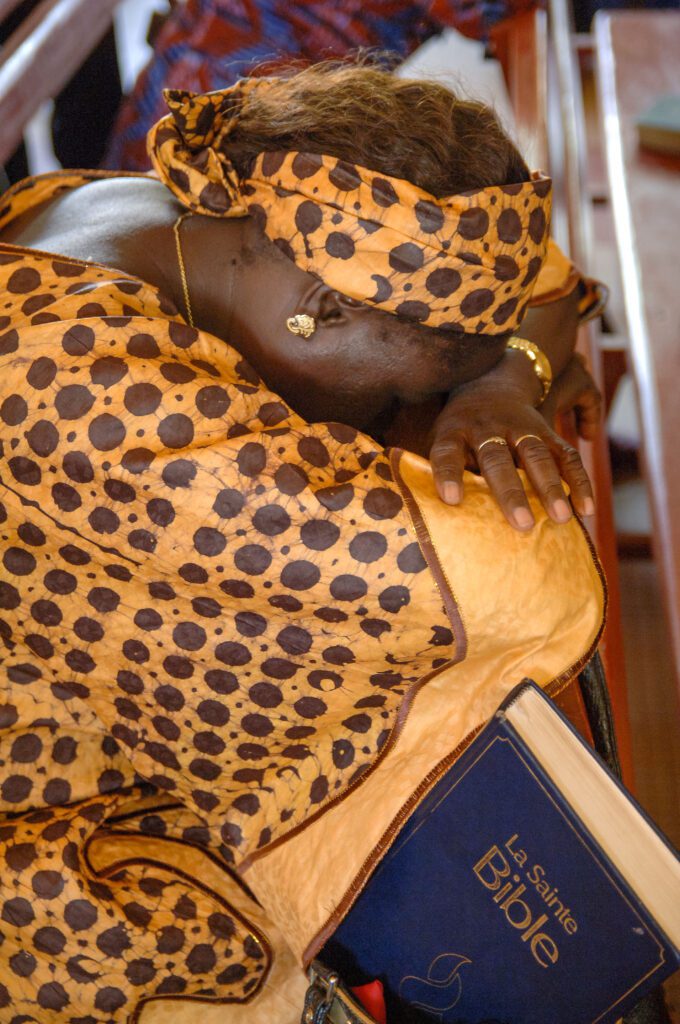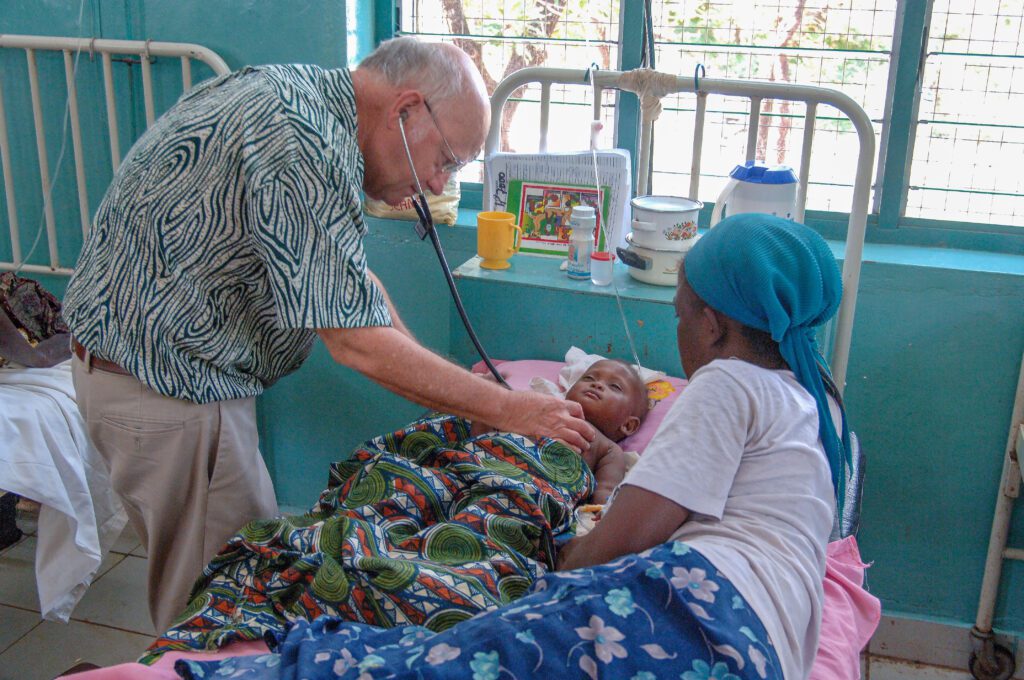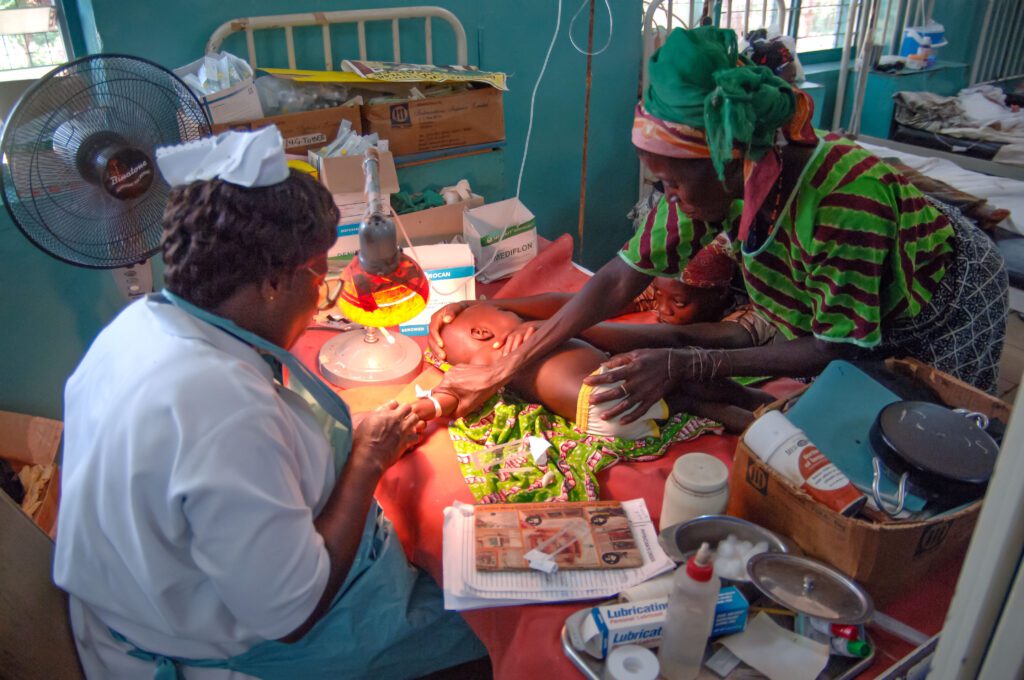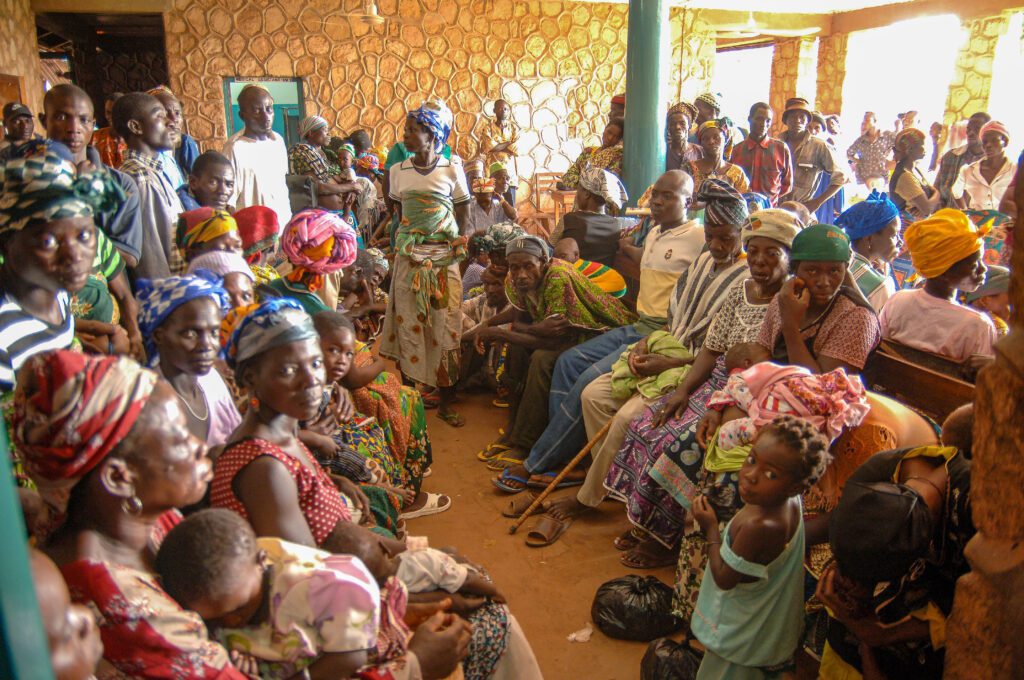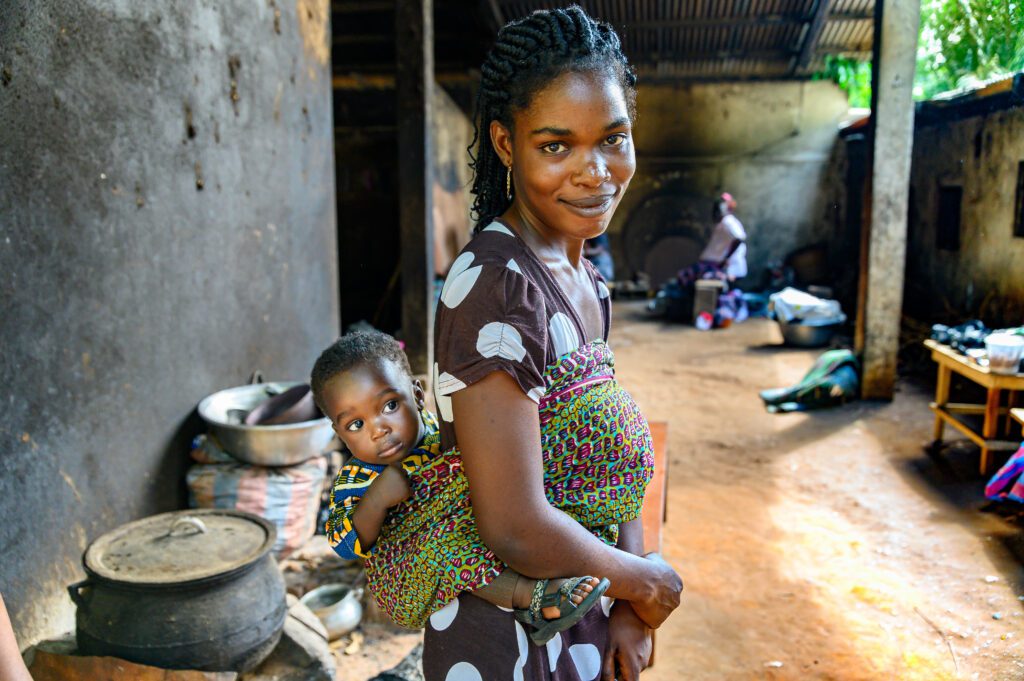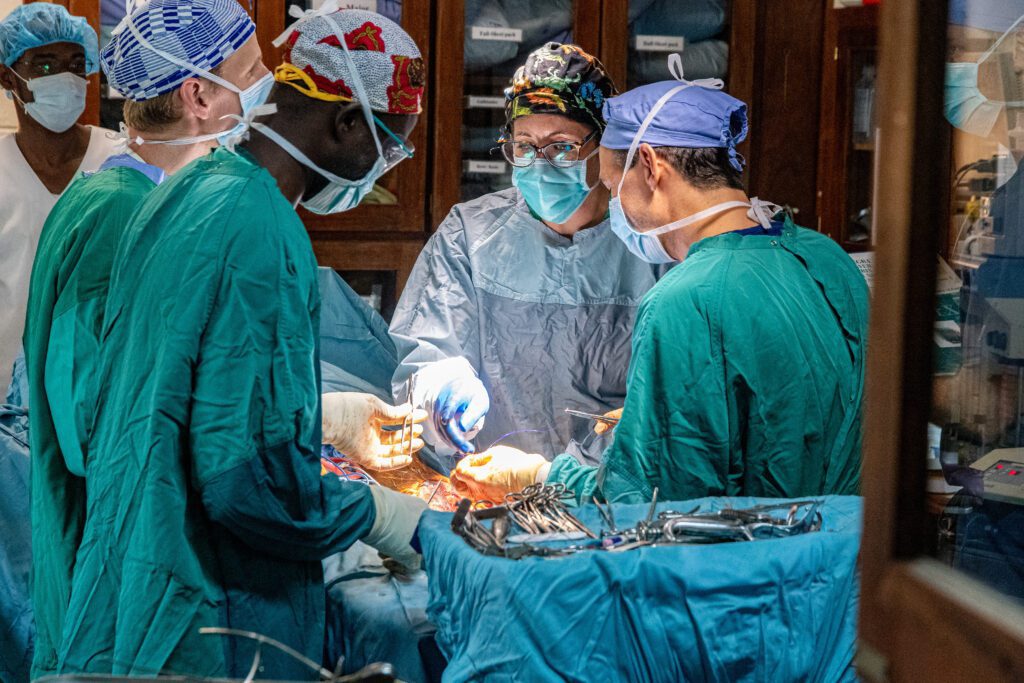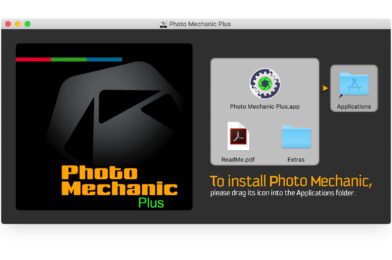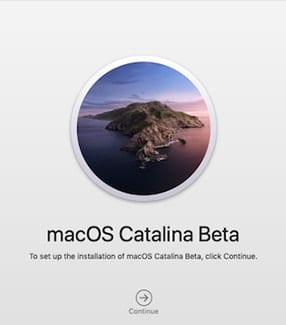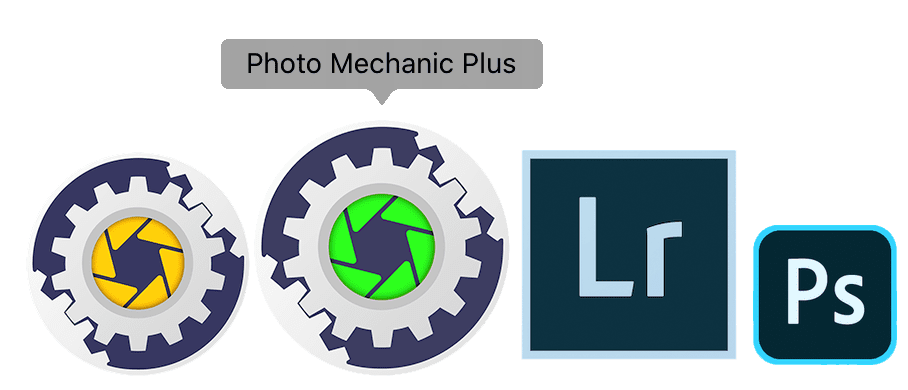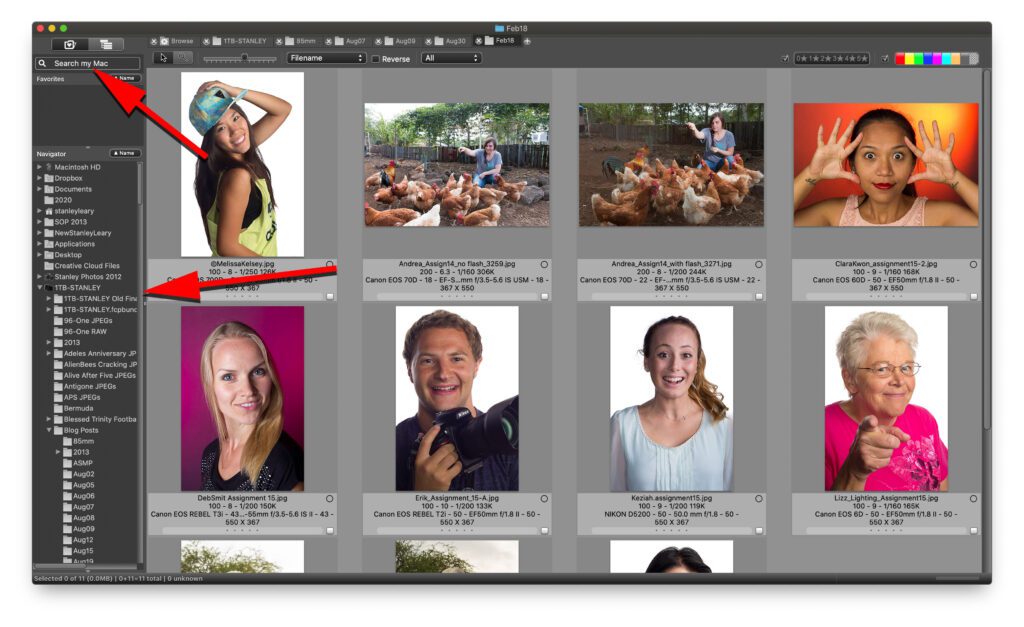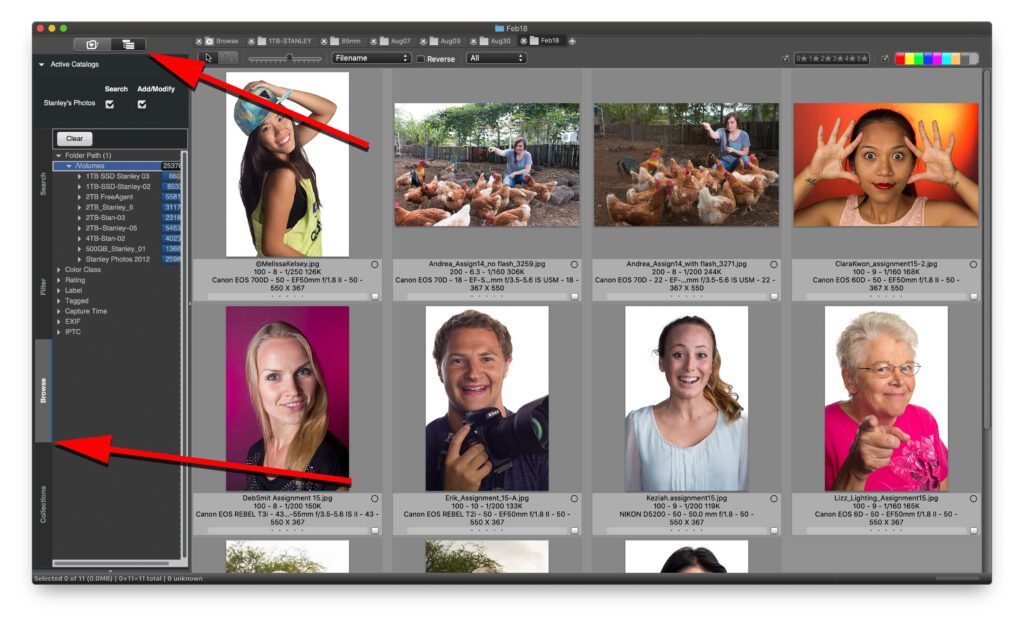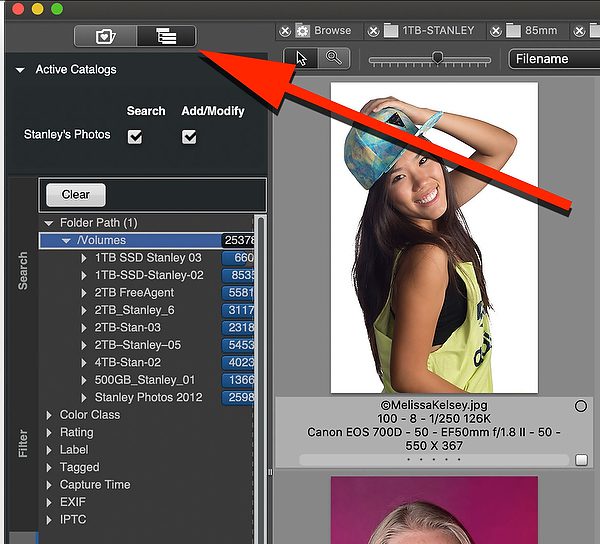Eloi DeLma pumps water while Mano Bilarga Tiendeno waits for water at the theology school in Koudougou, Burkina Faso. (Photo By: Stanley Leary)
[NIKON D2X, Sigma 18-50mm F2.8 EX DC, Mode = Aperture Priority, ISO 100, 1/400, ƒ/5, (35mm = 27)]
“Priming the Pump” is the operation of older pumps – a suction valve had to be primed with water so that the pump would function properly.
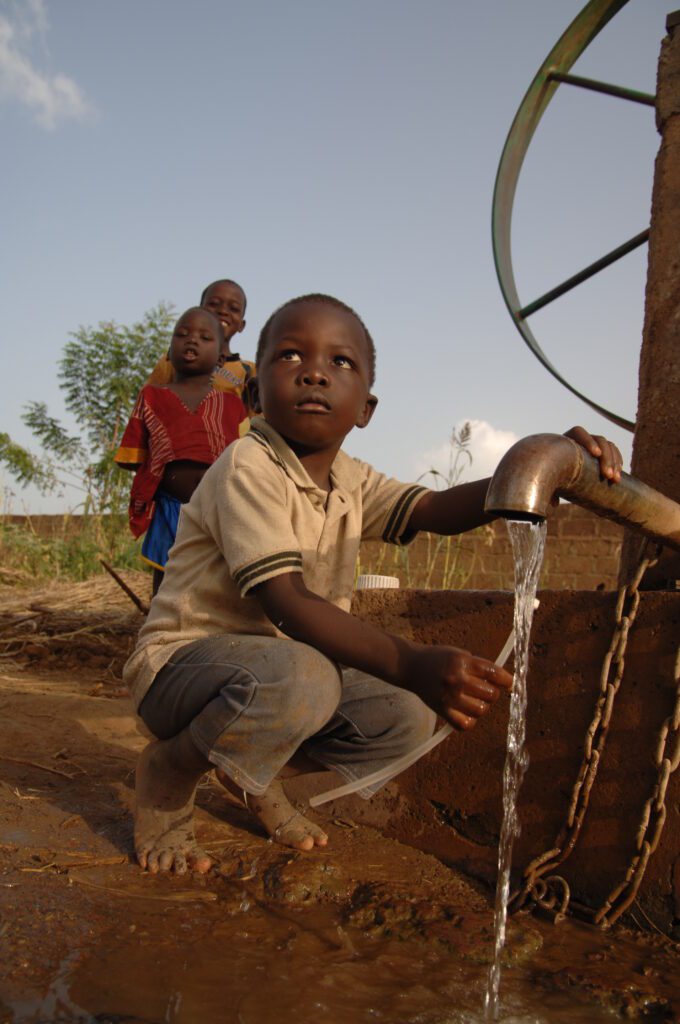
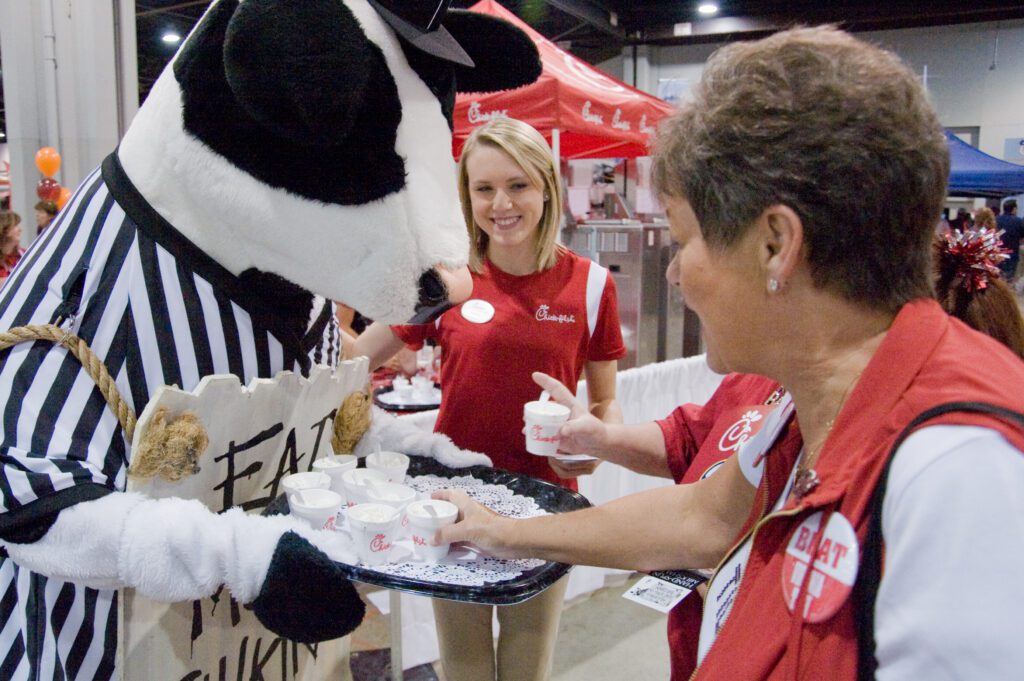
[NIKON D3, 24.0-120.0 mm f/3.5-5.6, Mode = Aperture Priority, ISO 6400, 1/200, ƒ/5, (35mm = 24)]
Priming the pump allows your customers to experience your product or service and start the buzz. You need to get people talking, hopefully in a positive way, about what you are offering.

Sales Funnel
This is the process through which a company finds, qualifies, and sells its products to buyers.

What many creatives struggle with the most is the business side of their work. While it can be very difficult and not very fun to do, it is the necessary part of getting those customers that will pay you to do what you love doing.
Don Miller of StoryBrand says that their experience is they have to work hard at building Familiarity and Trust before the prospect makes a purchase. They have found from just sending out free email content in various ways that it takes more than 80 of these before a customer makes a purchase.
I think this is why the funnel shape is so great for the visual person. It is large at one end and small at the other. You must do a lot of work to get that one client.
For someone like myself, it is getting examples of my work and how it helped other businesses in front of prospects.
One Campaign
Here is the video that helped this restaurant during the pandemic. I shared this with my prospective audience. But I needed another way to get this content in front of them.
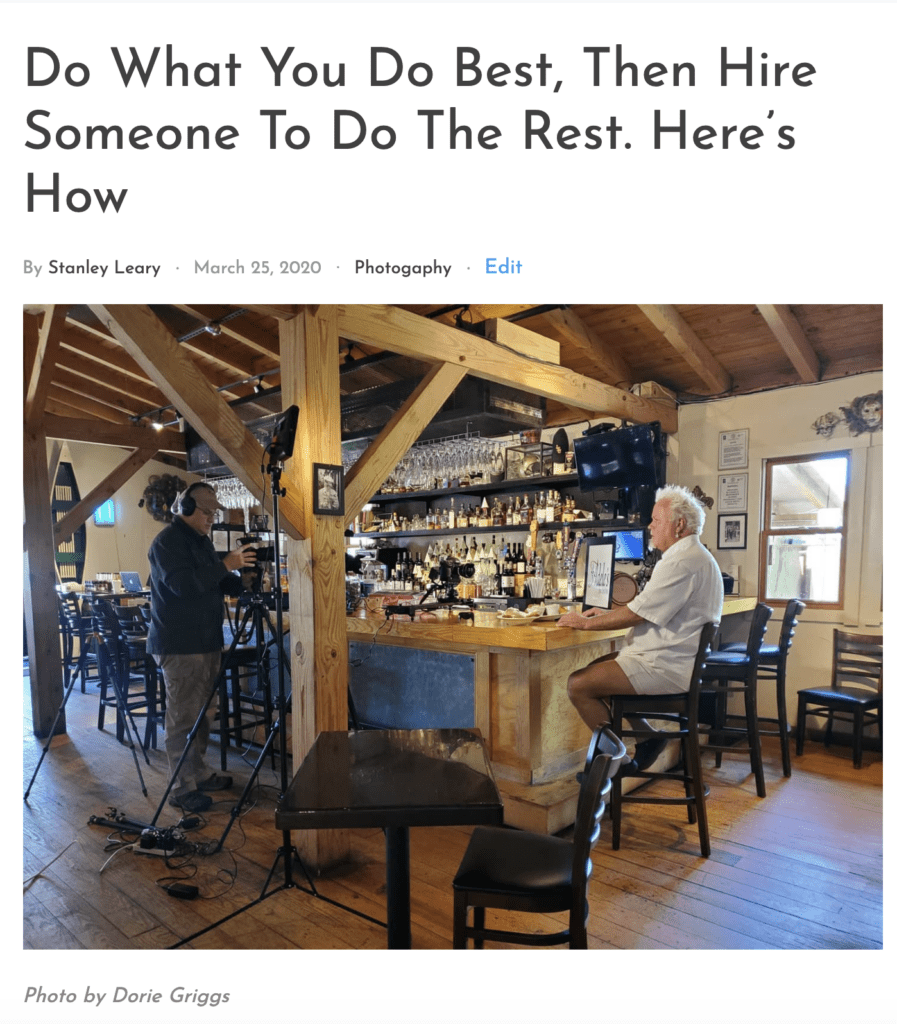
I then did a blog post talking about what I did to give a peak into the process. [Click here to see that post]
Still, I needed to be sure I got in front of the client with more “Free Content” to give them a sample of what I do.
Then I did an “e-mail blast” to be sure they didn’t miss the blog post.
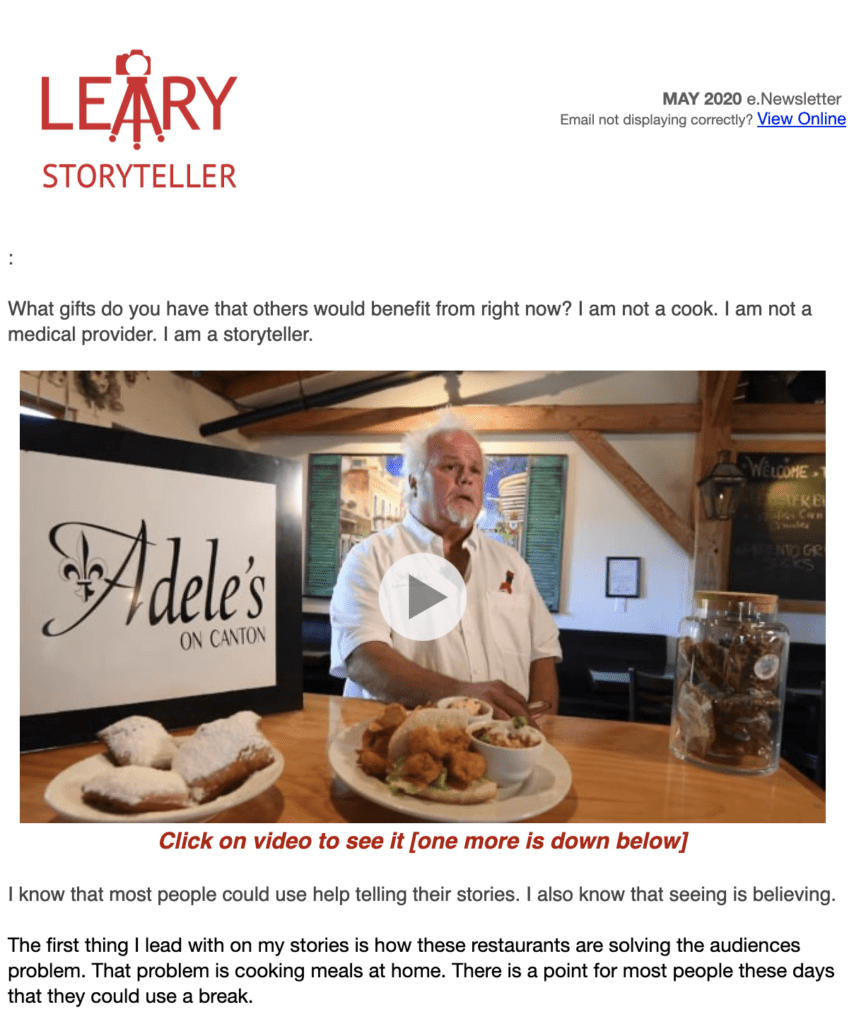
Remember what Don Miller said. He had to do more than 80 of these interactions before the prospect became a client.
I then thought can’t the prospect see how great these videos are for small businesses. I believe more and more that you must connect the dots for your prospects. I then decided to go back to the restaurant and find out how the video helped them.
I did another video capturing their comments and review. I was not just happy about their comments but blown away by how much they helped them.
I did this same process many times and plan to continue doing this to get my name out as well as what I can do for companies to improve their sales and for nonprofits to increase their giving.
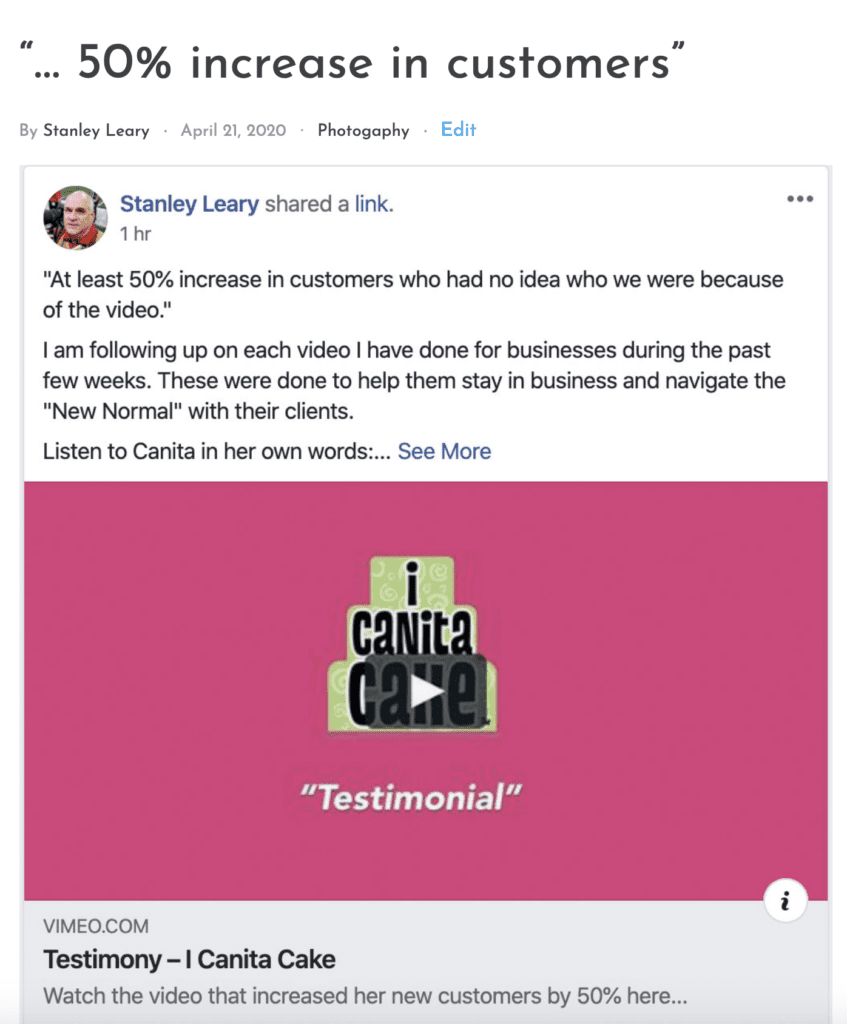
I shared the original video of I Canita Cake and then followed up with the review video and posted it on my blog.
I am also posting these links on all the social media I can think of that would be helpful to those audiences.



If you are a communications colleague of mine I hope this inspires you to work on your sales funnel. If you are a prospect, please consider partnering with me so together we can help you work on your sales funnel by using storytelling as a way to engage your audience.

